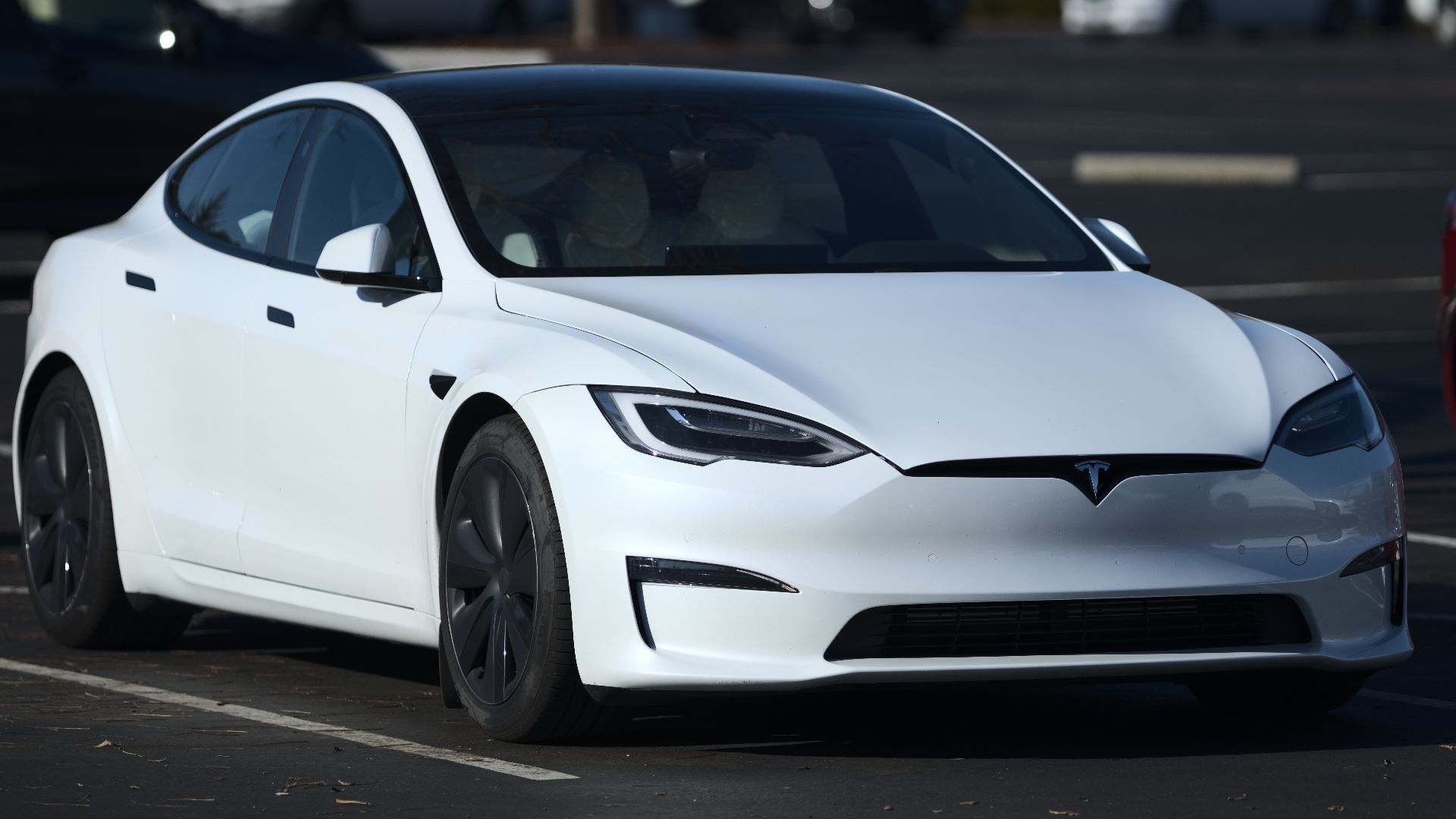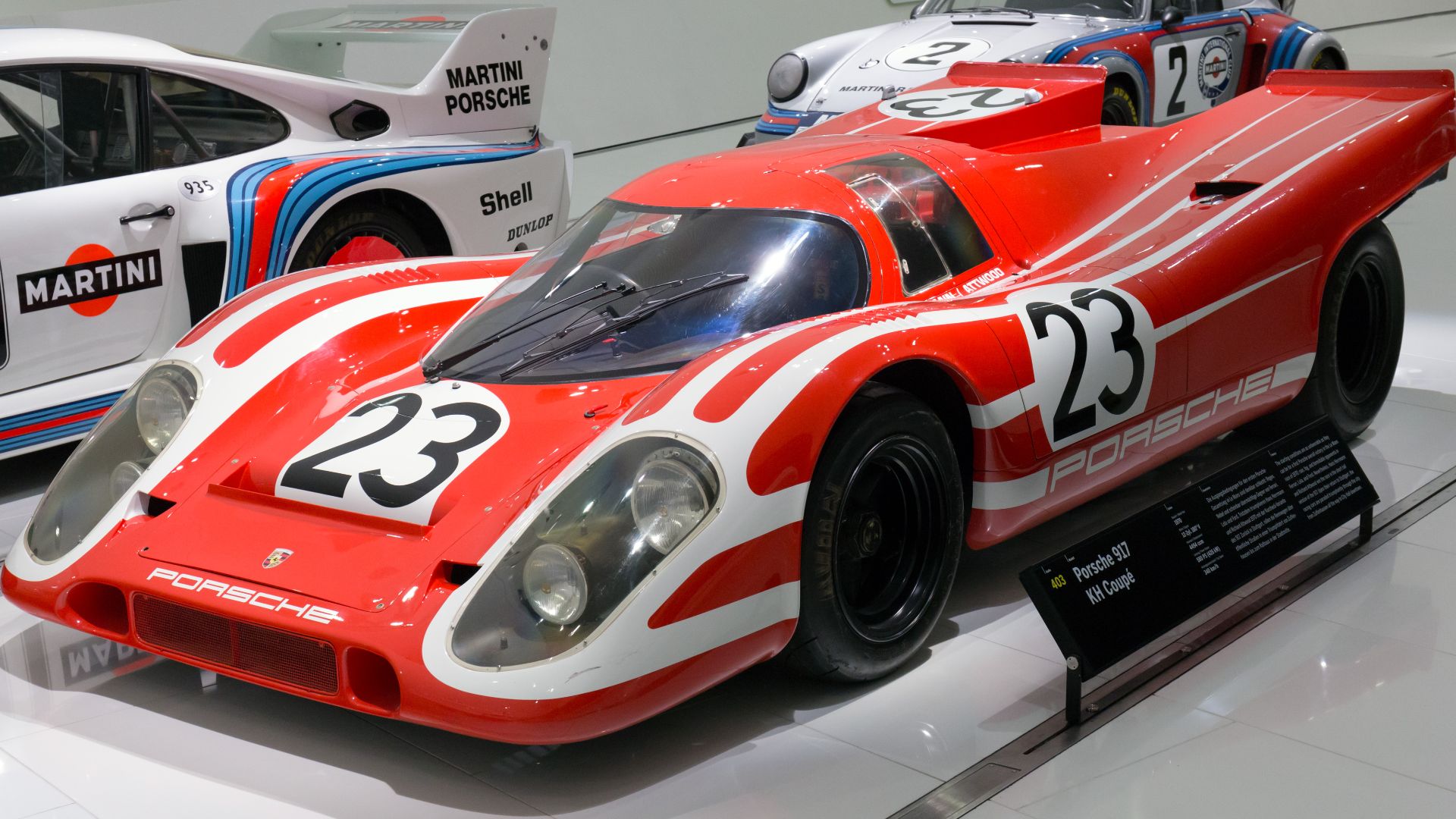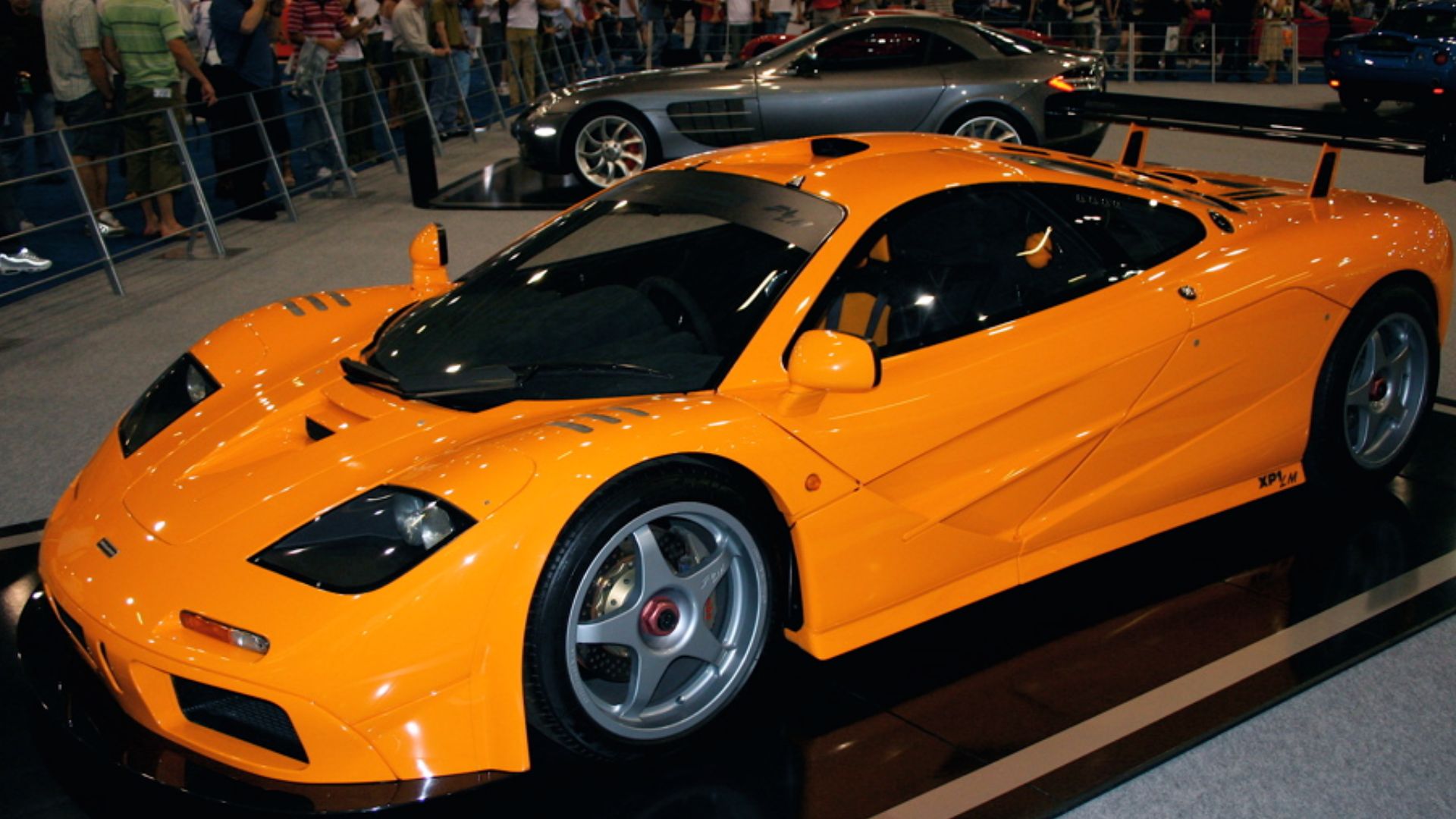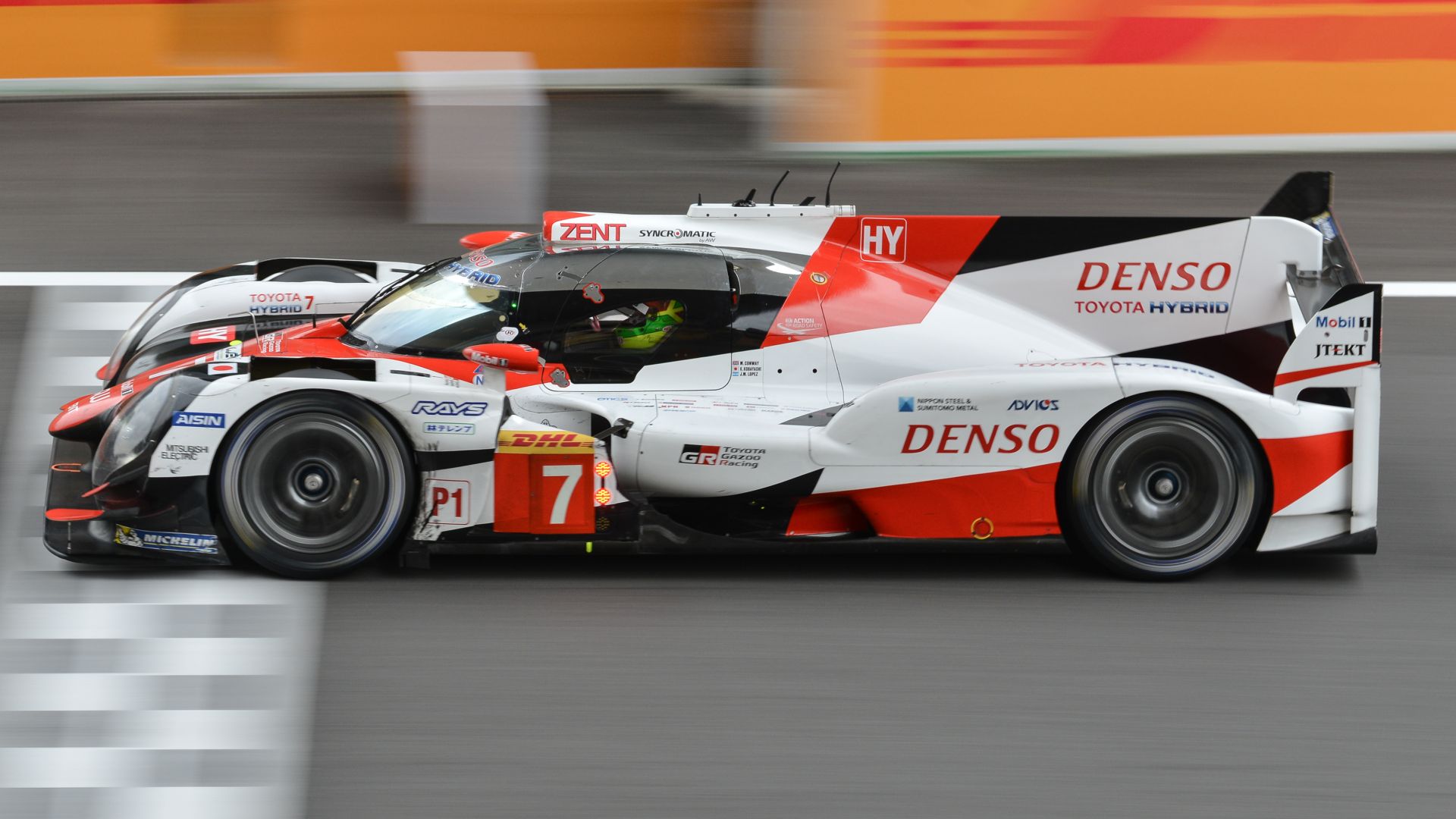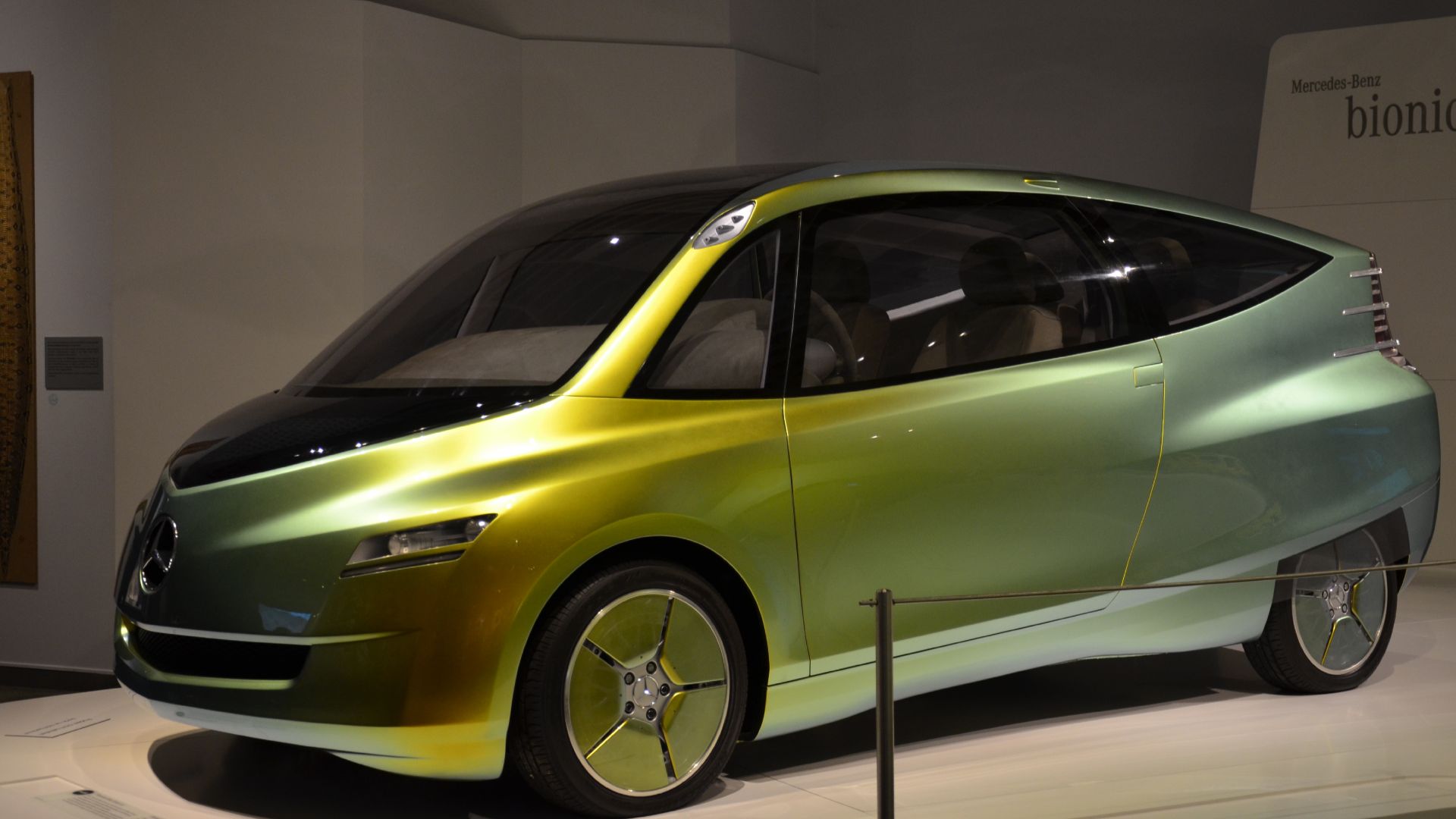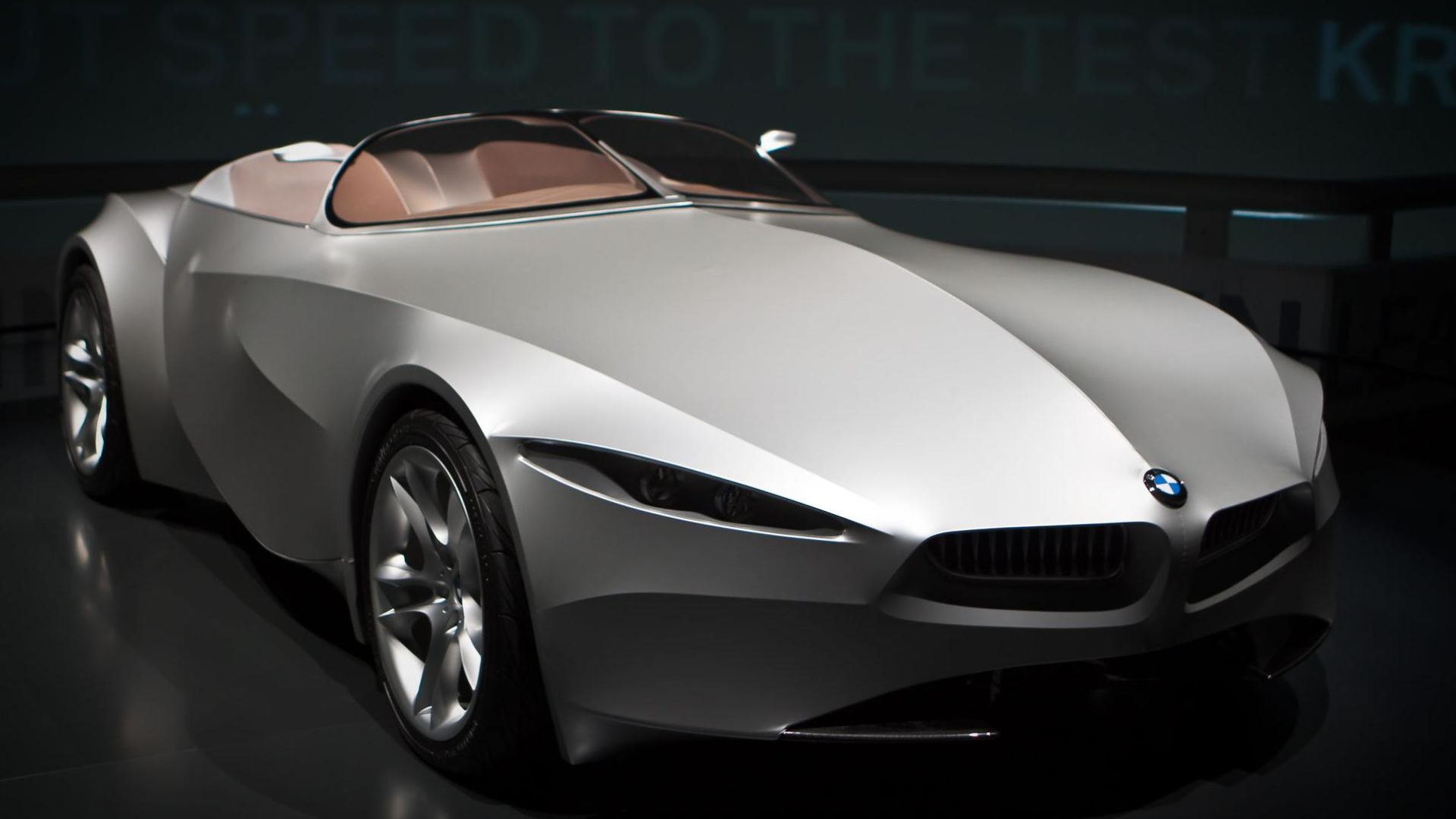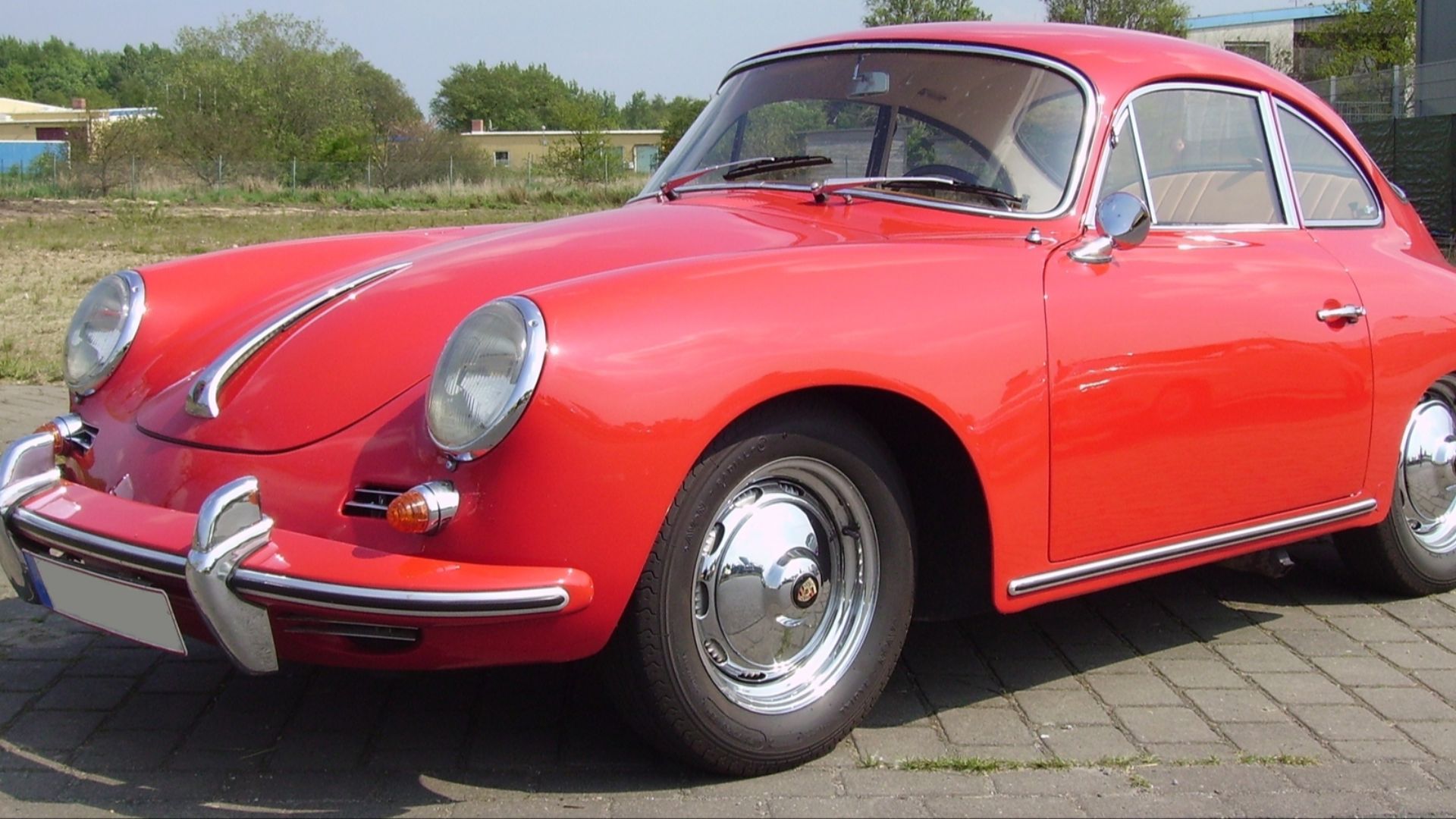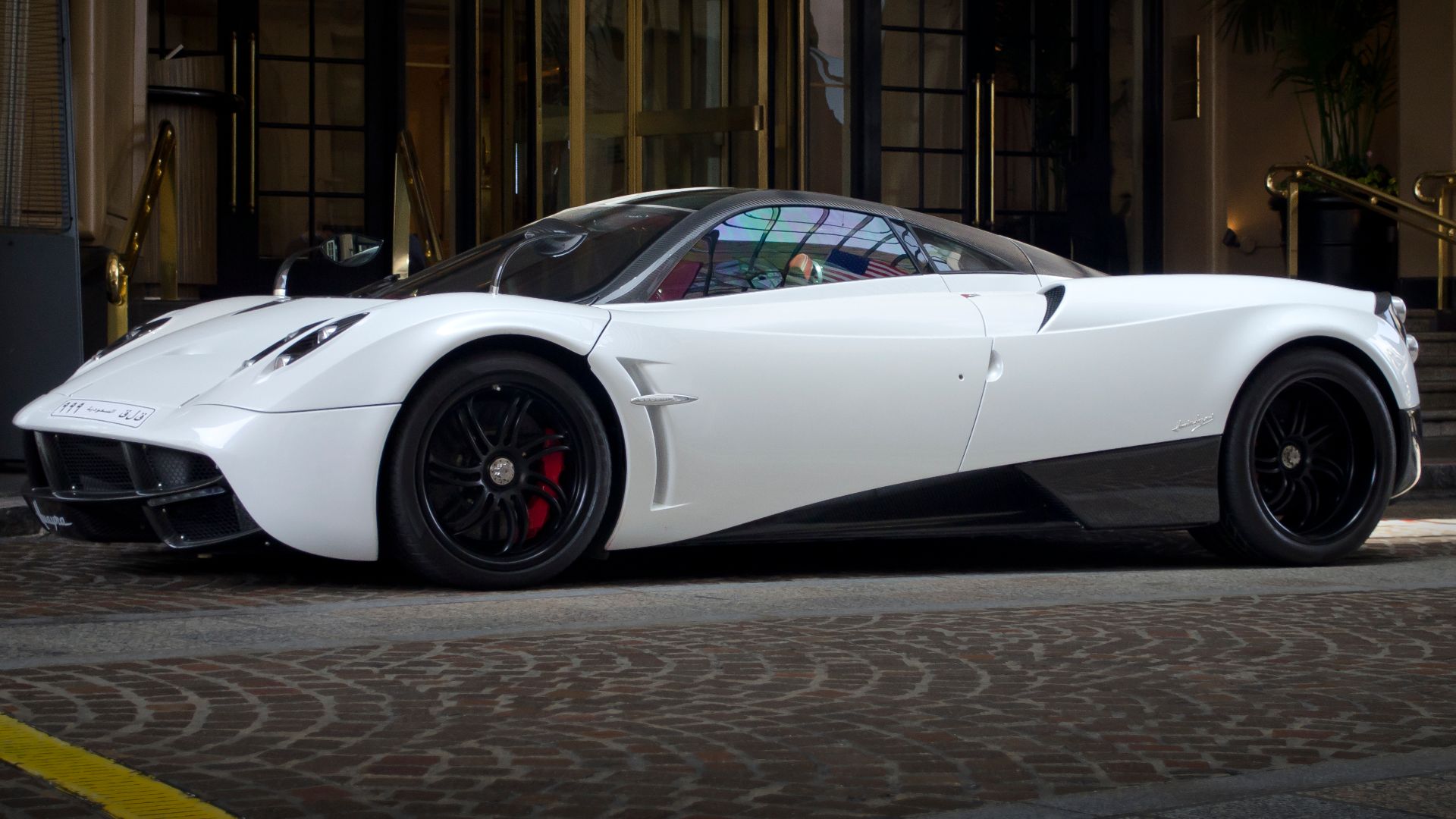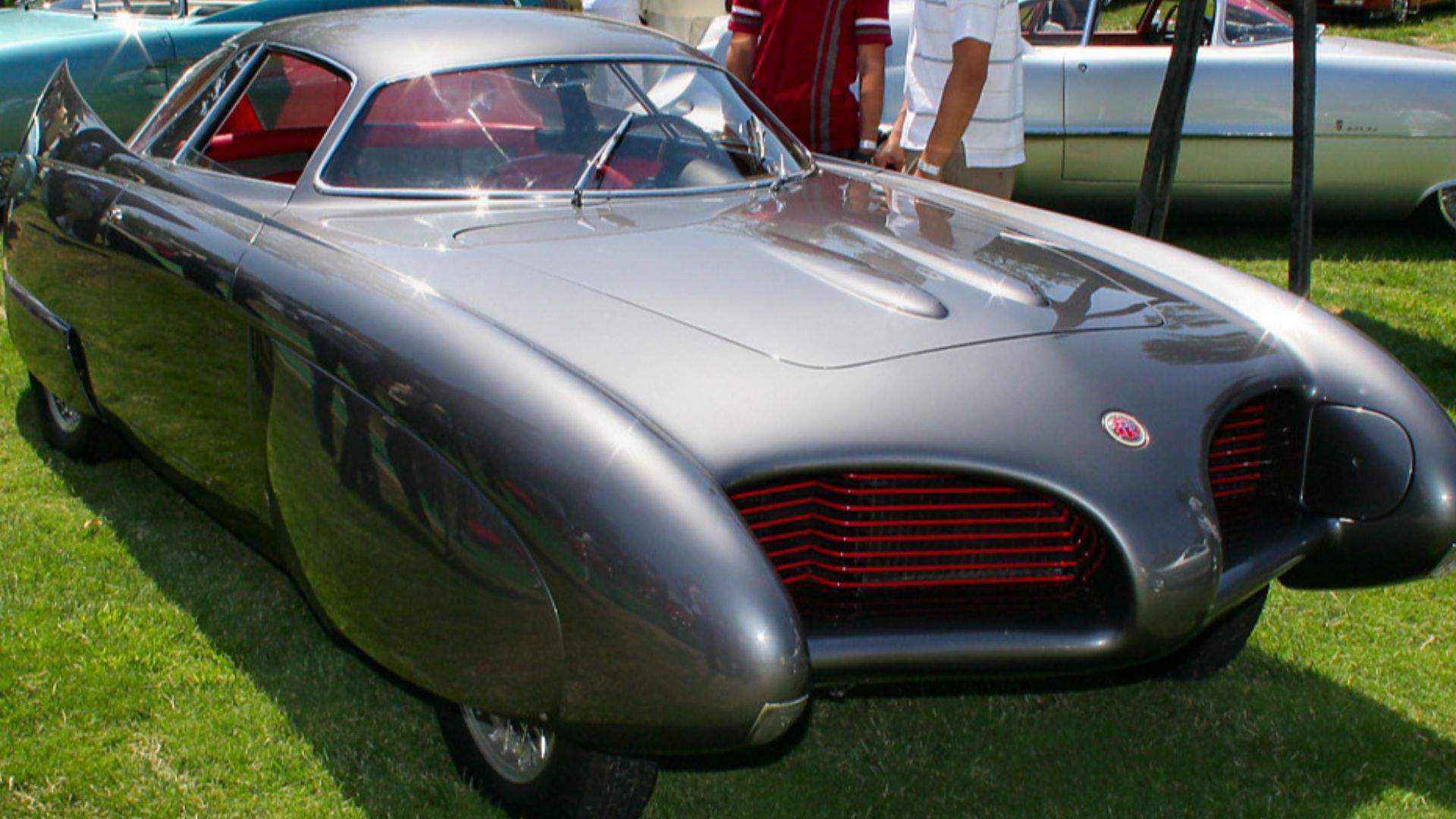Vehicles That Prove Form Follows Speed
Some cars were born in wind tunnels, not on drawing boards. Their curves and angles were engineered to master the air.
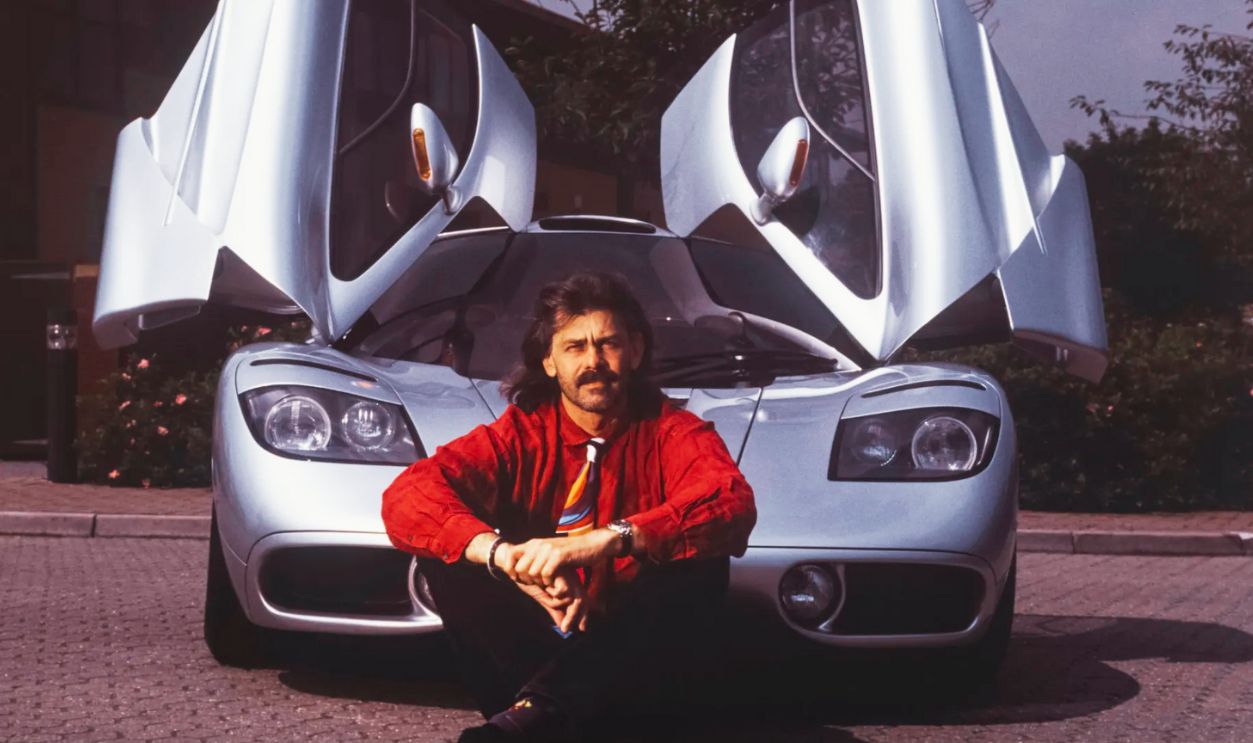
Mercedes-Benz 540K Streamliner
Commissioned in the 1930s for high-speed endurance runs, the 540K Streamliner was decades ahead of its time. Its aluminum body and elongated teardrop shape delivered exceptional aerodynamic performance. Even at speeds over 100 mph, it remained composed. It proved that early luxury and scientific airflow could coexist on the same chassis.
 Mercedes-Benz 1938 540 K Streamliner by yomi matsuoka
Mercedes-Benz 1938 540 K Streamliner by yomi matsuoka
Honda Insight (1st Gen)
Aerodynamic from every angle, the original Insight prioritized efficiency with a 0.25 drag coefficient and a body made almost entirely of aluminum. Rear wheel skirts and tapered dimensions helped it exceed 60 mpg, making it a quiet but effective pioneer in hybrid innovation.
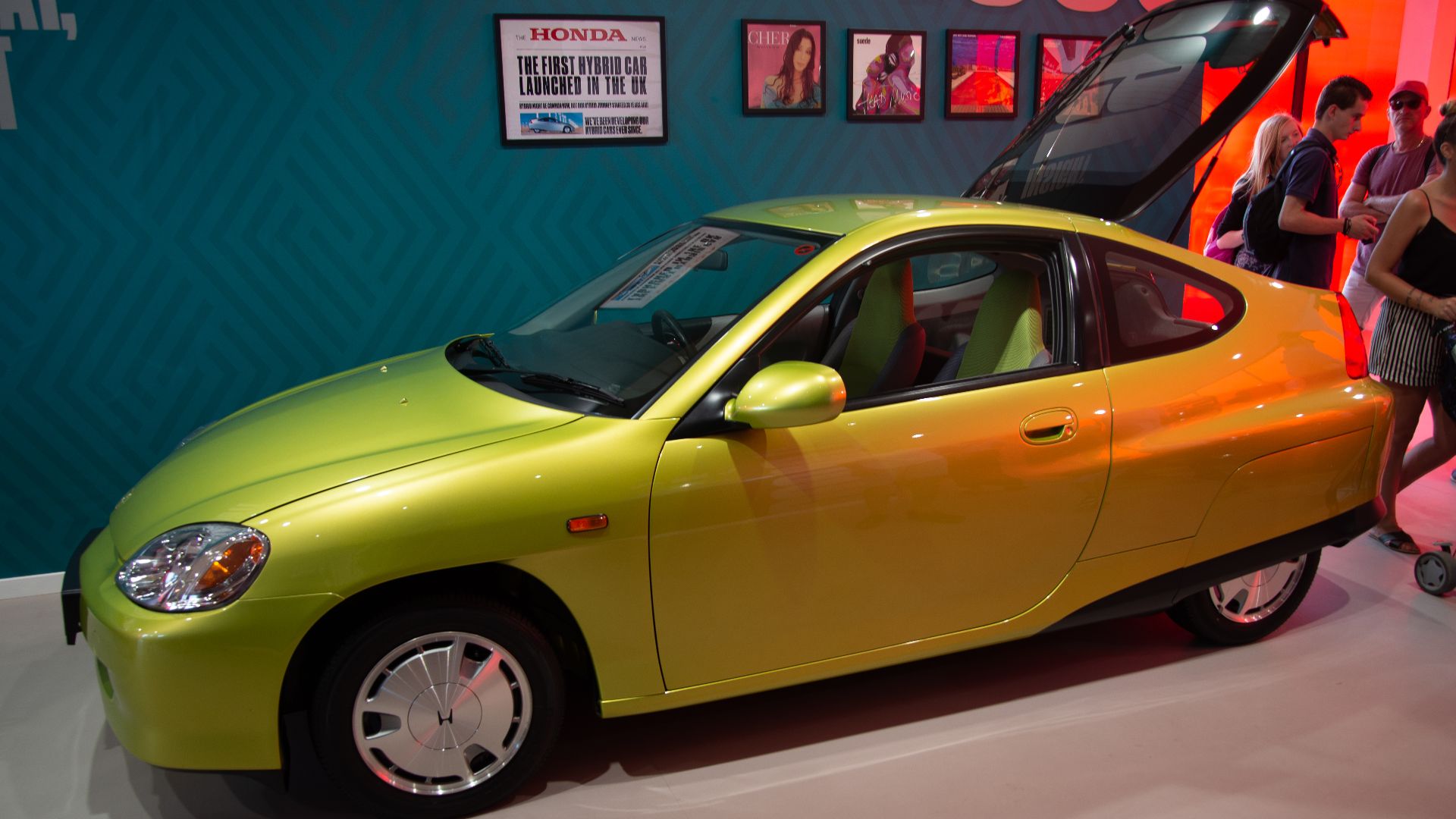 Irmantas Baltrusaitis, Wikimedia Commons
Irmantas Baltrusaitis, Wikimedia Commons
Chevrolet Corvette C6 ZR1
At high speeds, the C6 ZR1’s shape wasn’t just for show. A front splitter and vented hood worked with its sculpted profile to generate downforce without bloating drag. Every aerodynamic detail served a function to enable this American powerhouse to hit over 200 mph with surprising stability.
Opel Calibra
The Opel Calibra stunned the industry with a drag coefficient of just 0.26—unmatched for a production coupe of its time. Its gently arched roof and integrated bumpers made aerodynamic performance a selling point. It helped redefine European sports styling for a generation.
 Jeremy from Sydney, Australia, Wikimedia Commons
Jeremy from Sydney, Australia, Wikimedia Commons
Tesla Model S Plaid
Engineered for speed and sustainability, the Model S Plaid slices through the air with a drag coefficient of just 0.208. Sleek paneling and retractable door handles all contribute to its streamlined silhouette. That aerodynamic edge supports extended range and lets it reach 60 mph in under two seconds.
Lucid Air
Breaking records in efficiency, Lucid’s electric flagship has a drag coefficient of 0.197, which is among the lowest ever measured. Its coupe-like roofline and hidden aero features were sculpted to reduce resistance. The result? Over 500 miles of electric range without compromising luxury or interior space.
 Mr.choppers, Wikimedia Commons
Mr.choppers, Wikimedia Commons
Mercedes-Benz EQS
Smooth bodywork and a rounded rear help the EQS achieve its industry-leading 0.20 drag coefficient. Every exterior detail serves an aerodynamic function while maintaining Mercedes’ design ethos. This led to an ultra-quiet ride with reduced energy consumption and a bold visual statement in the electric luxury segment.
 Alexander Migl, Wikimedia Commons
Alexander Migl, Wikimedia Commons
Volkswagen XL1
Few production vehicles are as aerodynamically obsessive as the XL1. With a drag coefficient of just 0.189, this plug-in hybrid achieves over 260 mpg by embracing teardrop contours and a low-slung stance. It was built for air to flow, not for passengers to gawk.
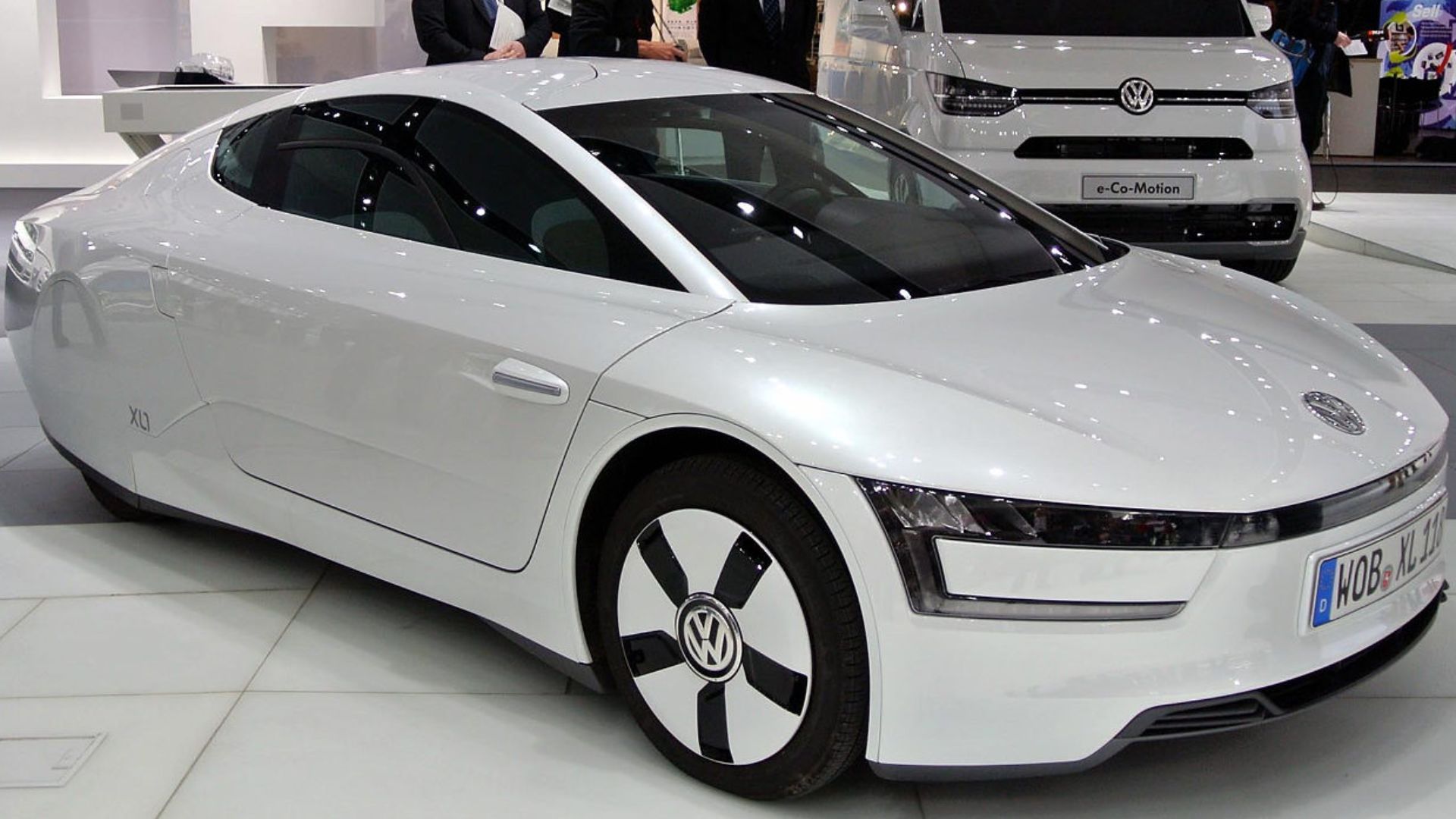 MotorBlog from Ca, USA, Wikimedia Commons
MotorBlog from Ca, USA, Wikimedia Commons
General Motors EV1
Originally released in 1996, the EV1 introduced Americans to electric cars shaped by the wind. Its teardrop profile and enclosed underbody gave it a drag coefficient of 0.195, which was exceptional then and now. Though short-lived, its design still echoes through today’s electric vehicle engineering.
 Randall Ferry, Wikimedia Commons
Randall Ferry, Wikimedia Commons
Toyota Prius (2nd Gen)
Instead of chasing sleek sports car lines, the second-gen Prius optimized airflow for real-world fuel savings. Its arching roof and sharply cut rear gave it a drag coefficient of 0.26. That often-debated shape became a benchmark in hybrid design and helped cement Toyota’s eco-friendly reputation globally.
BMW i8
Futuristic curves and intelligent airflow channels helped define the i8’s identity. Its dihedral doors and aerodynamic tunnels worked to minimize drag and optimize efficiency. With a drag coefficient of around 0.26, it fused electric hybrid technology with aerodynamic beauty in a package that turned heads everywhere.
 Alexander-93, Wikimedia Commons
Alexander-93, Wikimedia Commons
Porsche 917K
Built for Le Mans domination, the 917K was a lesson in high-speed aero strategy. Its low-slung body and improved downforce gave it exceptional stability on the Mulsanne Straight. This engineering mastery helped Porsche secure its first overall win at Le Mans and set the tone for endurance racing.
Jaguar D-Type
Racing heritage and airflow perfection combined in the D-Type’s distinctive silhouette. Its long nose, faired-in wheels, and vertical rear fin stabilized the car at 170+ mph. Born in 1954, it still looks like a sculpture shaped by speed rather than style alone.
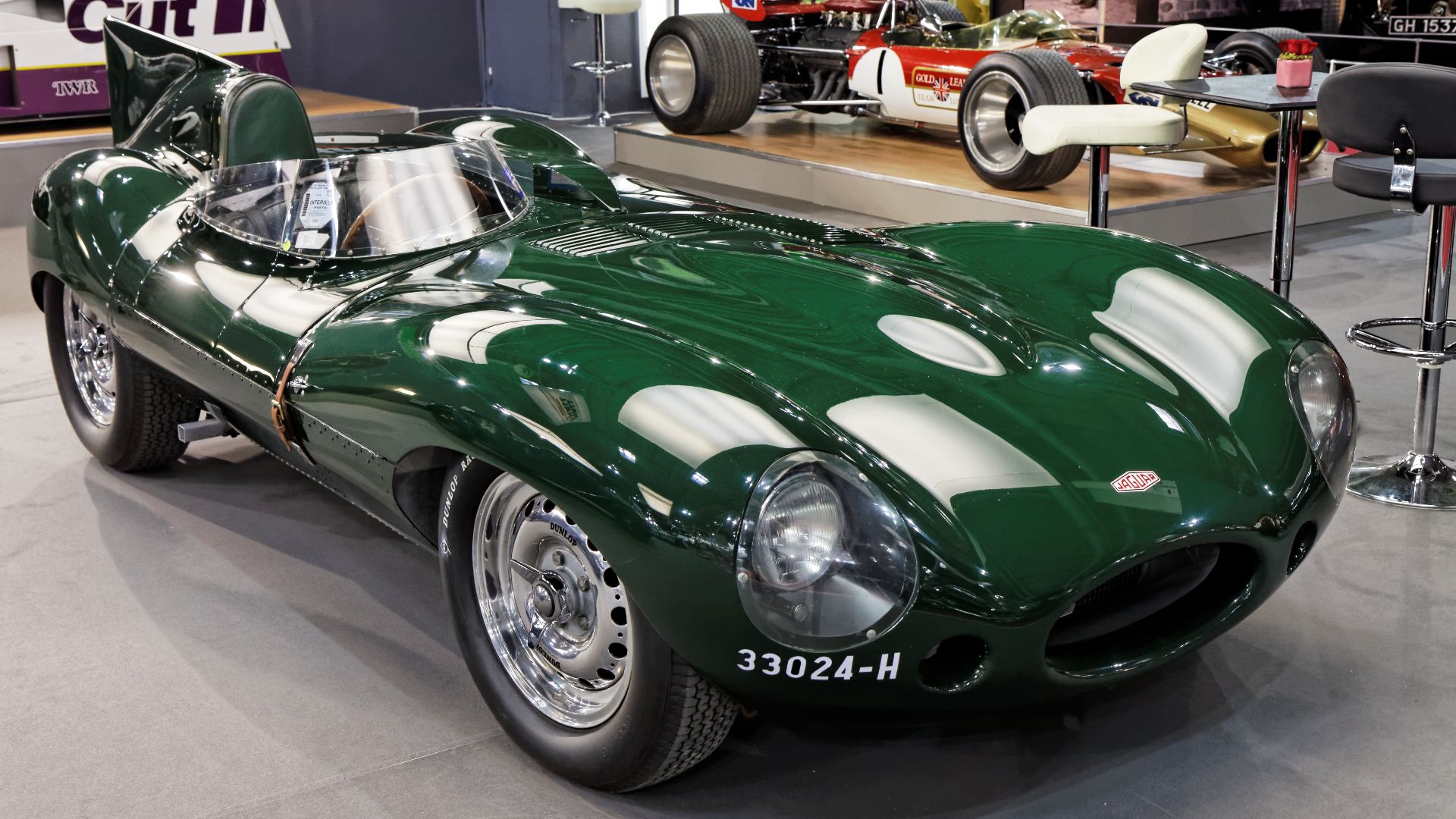 Thesupermat, Wikimedia Commons
Thesupermat, Wikimedia Commons
Audi 100 (C3, 1982)
Only a few sedans reshaped the aerodynamic conversation, like the 1982 Audi 100. It debuted flush-mounted glass and tightly sealed joints to deliver a remarkable 0.30 drag coefficient. This was a mass-market breakthrough that shifted how the entire industry approached airflow.
 Rudolf Stricker, Wikimedia Commons
Rudolf Stricker, Wikimedia Commons
Chaparral 2J
The 2J broke every mold. Twin fans and a skirted body gave it ground-effect downforce like nothing before it, literally sucking the car to the track. Though banned after one season, its radical aerodynamics paved the way for innovations in Formula One and cemented its place as an engineering outlier.
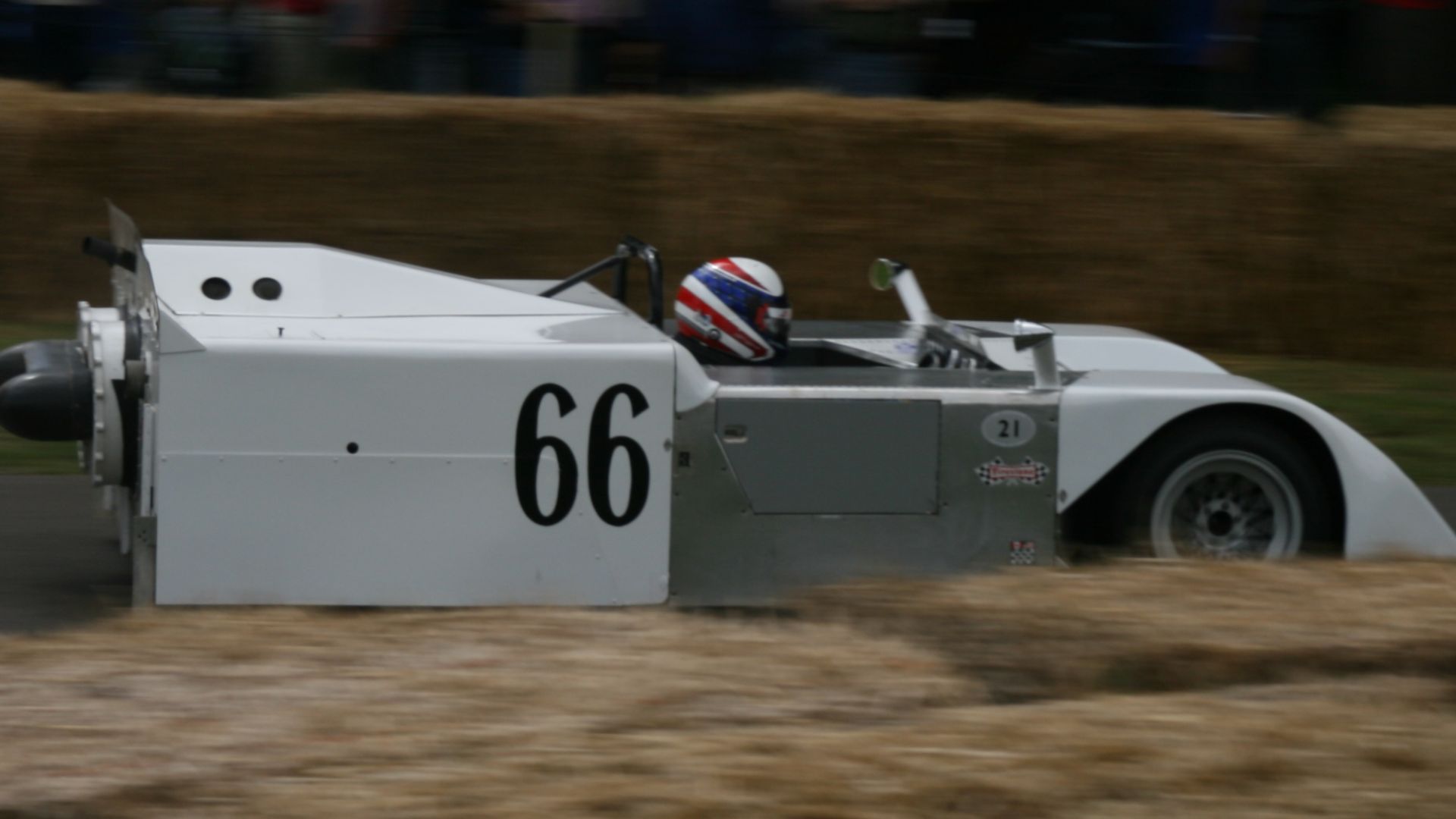 Hugh Lunnon from Brighton, UK, Wikimedia Commons
Hugh Lunnon from Brighton, UK, Wikimedia Commons
McLaren F1
More than just fast, the McLaren F1 managed airflow with exacting precision. Rear venturis and a compact form produced low drag while maintaining high-speed stability. Built around the driver, not just aerodynamics, it still holds a place among the most iconic and aerodynamic supercars ever made.
Ferrari 330 P4
Sculpted for speed, the 330 P4 paired seductive curves with racing grit. Its sweeping arches and low-slung design improved airflow at endurance speeds. With just three built, this Le Mans contender remains one of Ferrari’s most celebrated unions of aerodynamic engineering and aesthetic perfection.
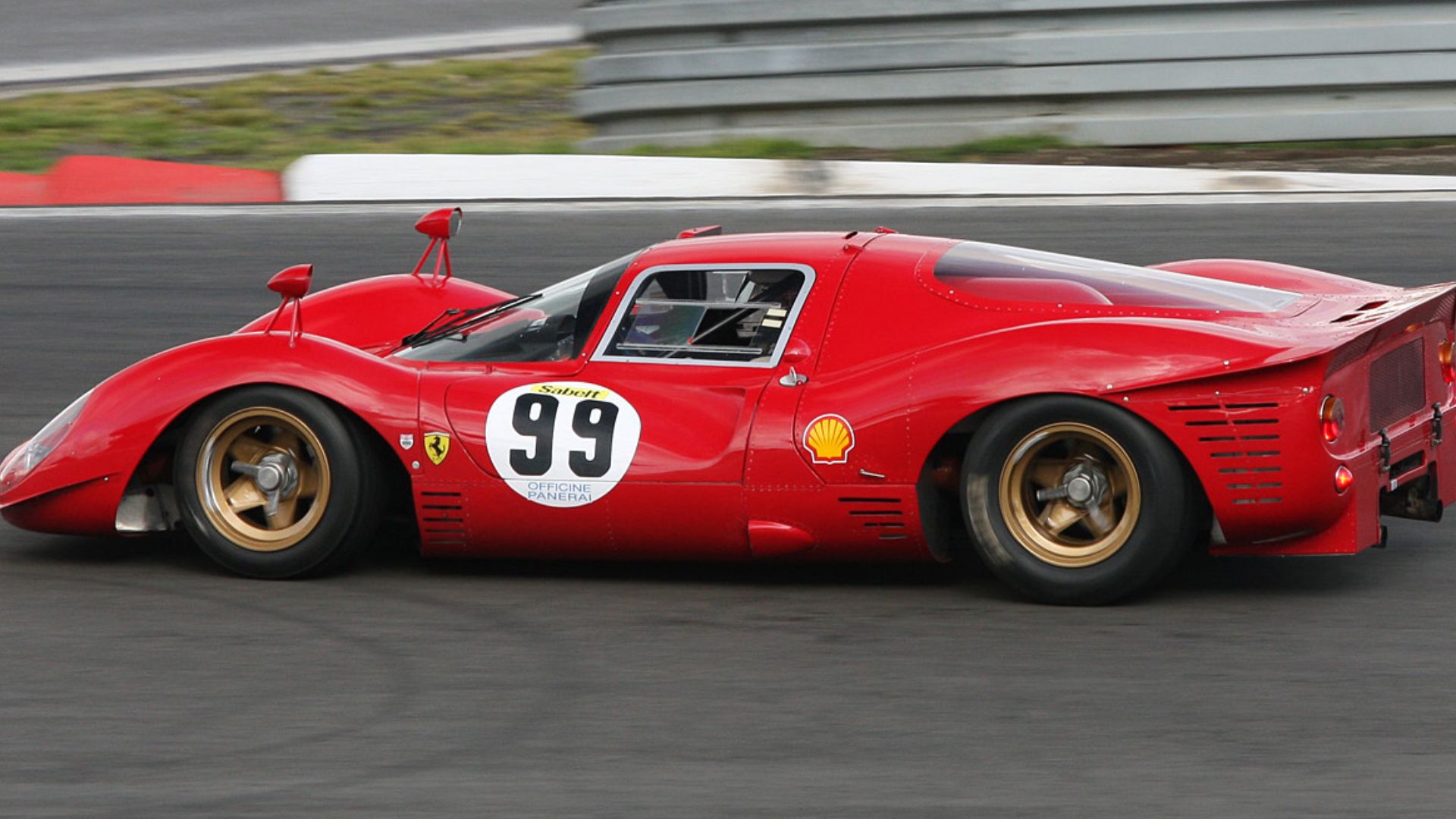 crazylenny2, Wikimedia Commons
crazylenny2, Wikimedia Commons
Peugeot 905 Evo 1B
Endurance racing demanded power and precision, and the 905 Evo 1B delivered. Its integrated rear wing and narrow front profile gave it the balance to dominate early 1990s circuits. Peugeot’s focus on downforce without excess drag kept this Group C marvel glued to the track.
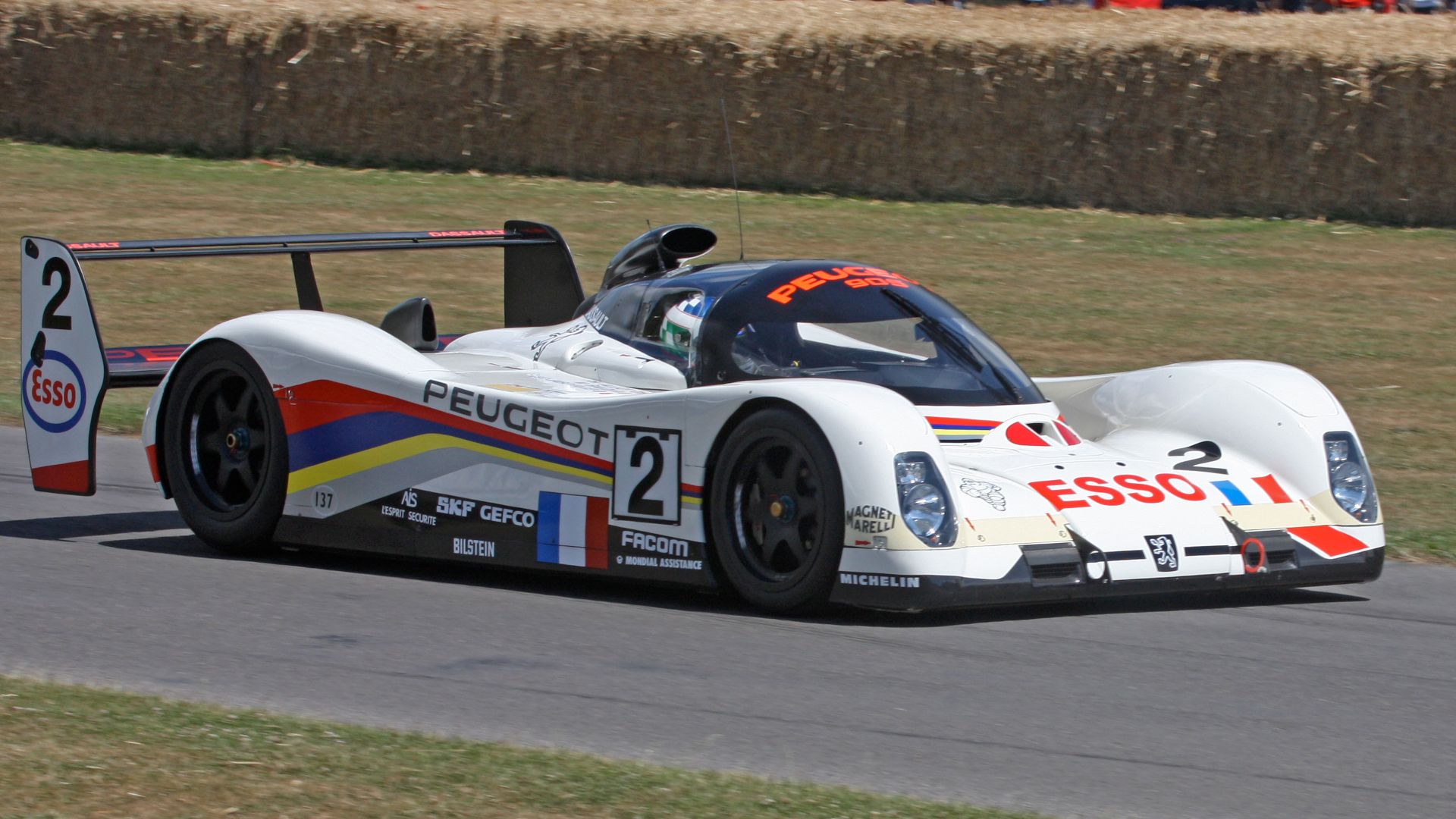 Brian Snelson, Wikimedia Commons
Brian Snelson, Wikimedia Commons
Toyota TS050 Hybrid
Victory at Le Mans requires harmony between aerodynamics and efficiency, something the TS050 mastered. Its low-slung body with an LMP1 cockpit canopy and aggressive diffuser helped minimize resistance while enhancing corner grip. Every surface was tuned in the wind tunnel to keep it fast and ruthlessly consistent over 24 hours.
Sauber-Mercedes C9
From nose to tail, the C9 exemplified a wind-cheating design. A slippery fuselage and tight fender integration helped it exceed 240 mph on the Mulsanne Straight—then one of the fastest ever at Le Mans. That speed, combined with its race victory in 1989, solidified its place in aerodynamic lore.
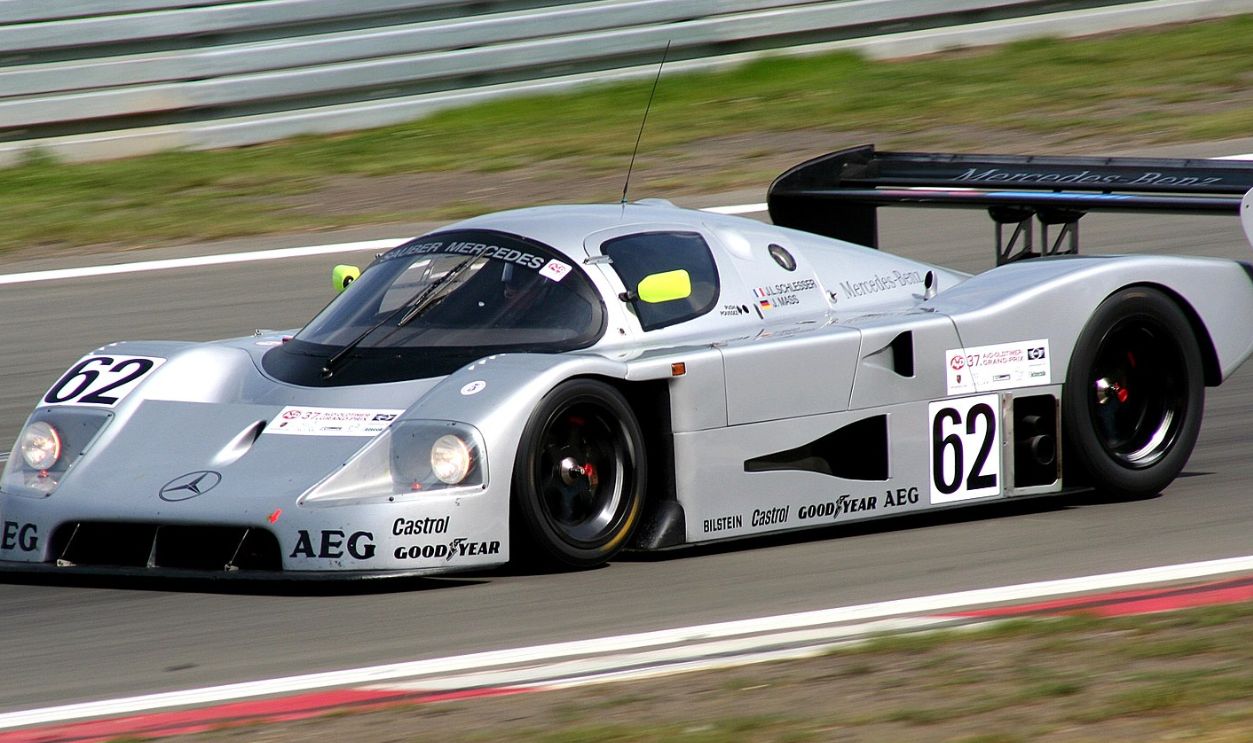 Spurzem - Lothar Spurzem, CC BY-SA 2.0 DE, Wikimedia Commons
Spurzem - Lothar Spurzem, CC BY-SA 2.0 DE, Wikimedia Commons
Mercedes-Benz Bionic Car
Inspired by the boxfish, the Bionic Car’s rounded pod shape achieved an impressively low drag coefficient of 0.19. Compact and surprisingly roomy, it challenged expectations of how aerodynamic a practical vehicle could be. Though never mass-produced, it remains a standout example of biomimicry influencing car design.
Aston Martin Valkyrie
Built with Formula One expertise, the Valkyrie redefined road car aerodynamics. It features a full Venturi tunnel beneath the chassis and a radical teardrop cabin to minimize drag and maximize downforce. The result is a hypercar that generates more aerodynamic grip than many race cars.
Ferrari FXX-K Evo
Stripped of road-legal constraints, the FXX-K Evo was shaped entirely by performance needs. A twin-profile fixed rear wing and a massive rear diffuser channeled airflow for extreme downforce. It’s one of Ferrari’s most aerodynamically intense track machines ever conceived.
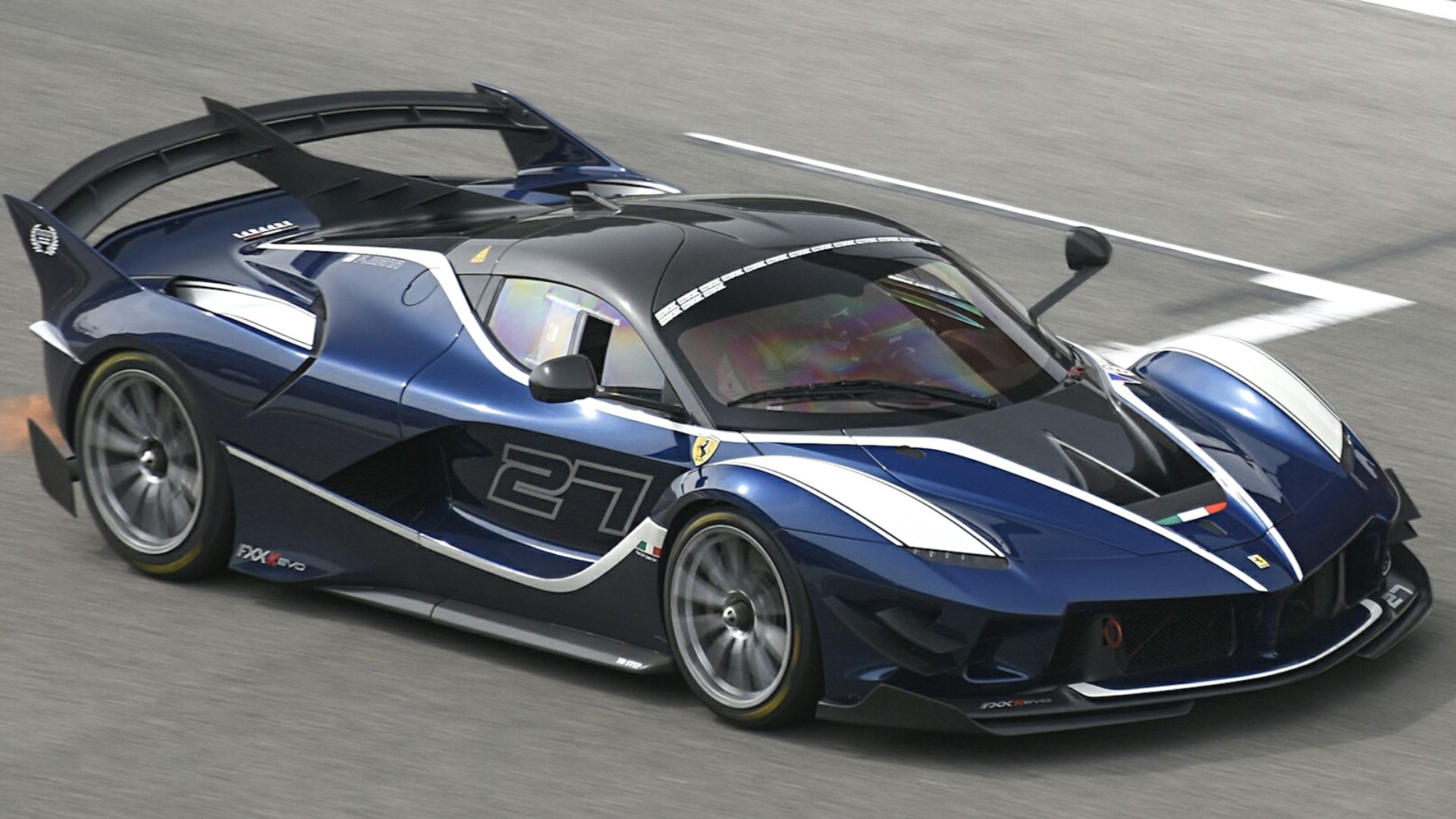 Alexandre Prevot from Nancy, France, Wikimedia Commons
Alexandre Prevot from Nancy, France, Wikimedia Commons
Cadillac Cyclone
Decades before active safety systems, the Cyclone experimented with radar sensors hidden in its missile-shaped nose cones. But its body also told a different story with bullet-like curves and a wraparound canopy. Though a concept, it previewed how sleek form could coexist with high-tech functionality.
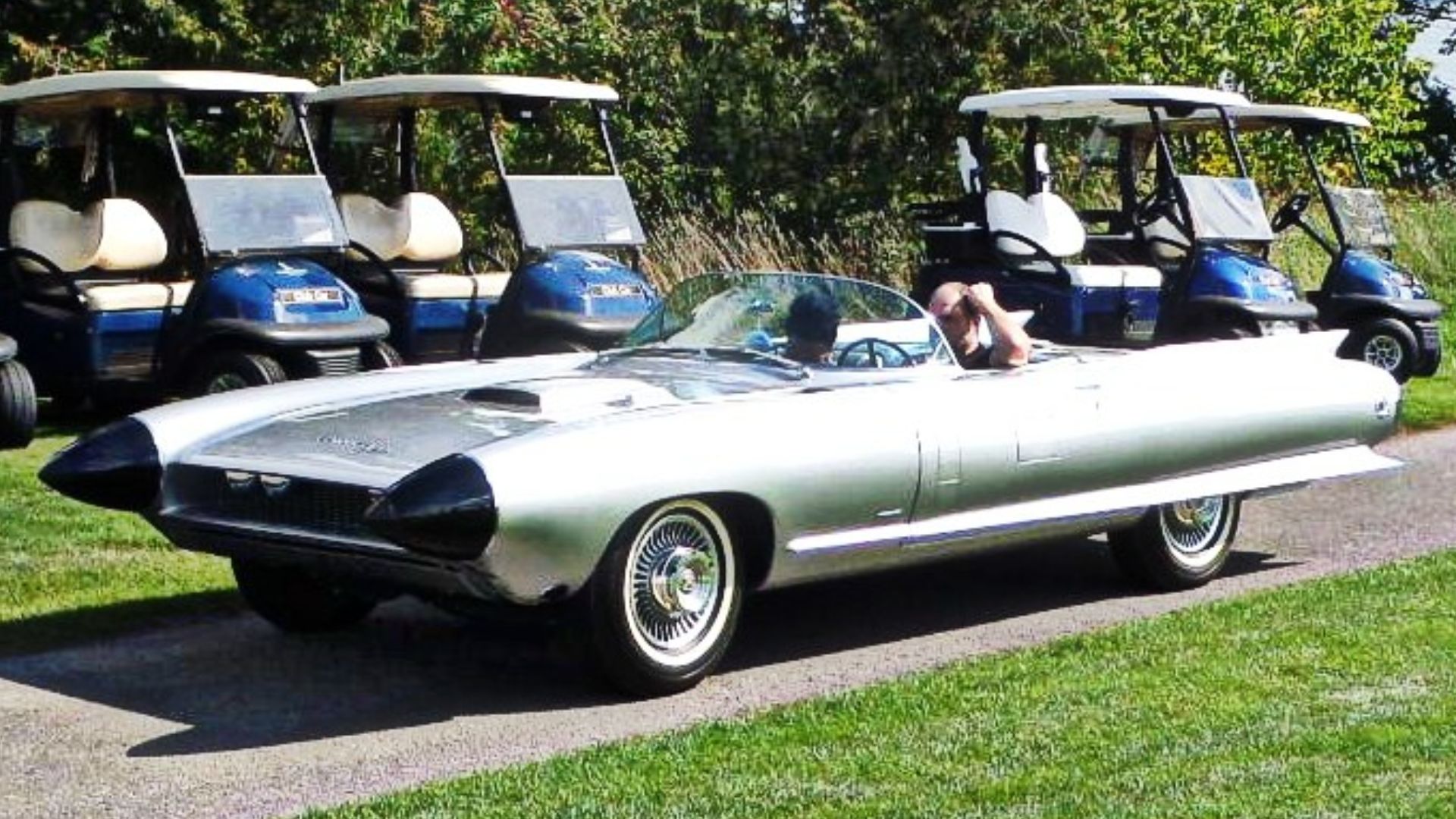 Tino Rossini from Toronto, Canada, Wikimedia Commons
Tino Rossini from Toronto, Canada, Wikimedia Commons
GM Firebird III
Test flights on wheels—that’s what the Firebird III represented. Shaped like a jet with a central stabilizer fin with delta wings and a bubble canopy, it was one of the most radical concept cars ever tested. Though not street-legal, its advanced shape demonstrated how airflow could influence car design.
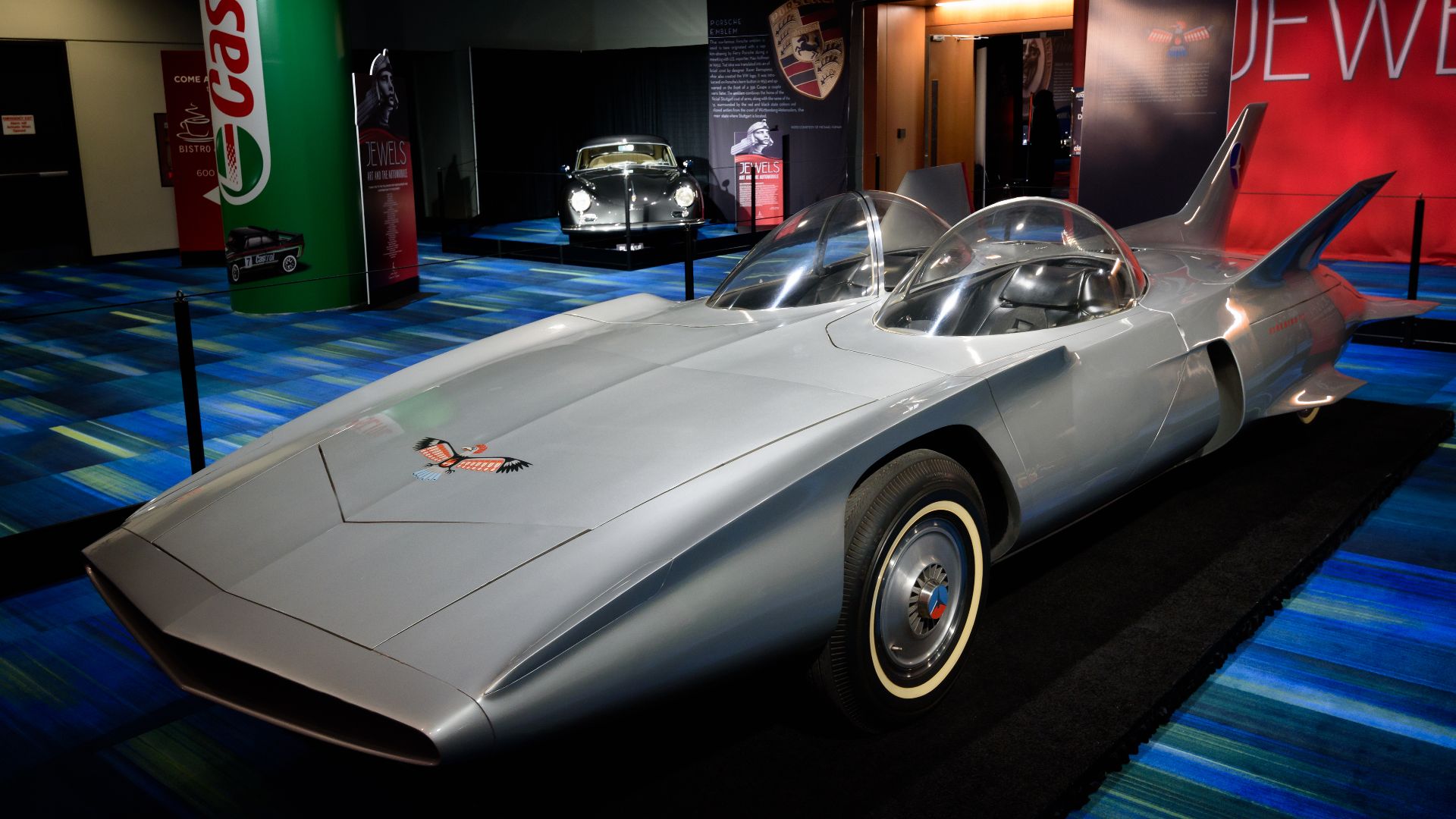 Joe deSousa, Wikimedia Commons
Joe deSousa, Wikimedia Commons
Mercedes-Benz C111
Orange and impossibly wedge-shaped, the C111 served as a testbed for rotary and diesel engines, but its real magic was aerodynamic. With a drag coefficient under 0.20 in later versions, its fiberglass body sliced through the air and proved that speed and experimental powertrains could coexist in harmony.
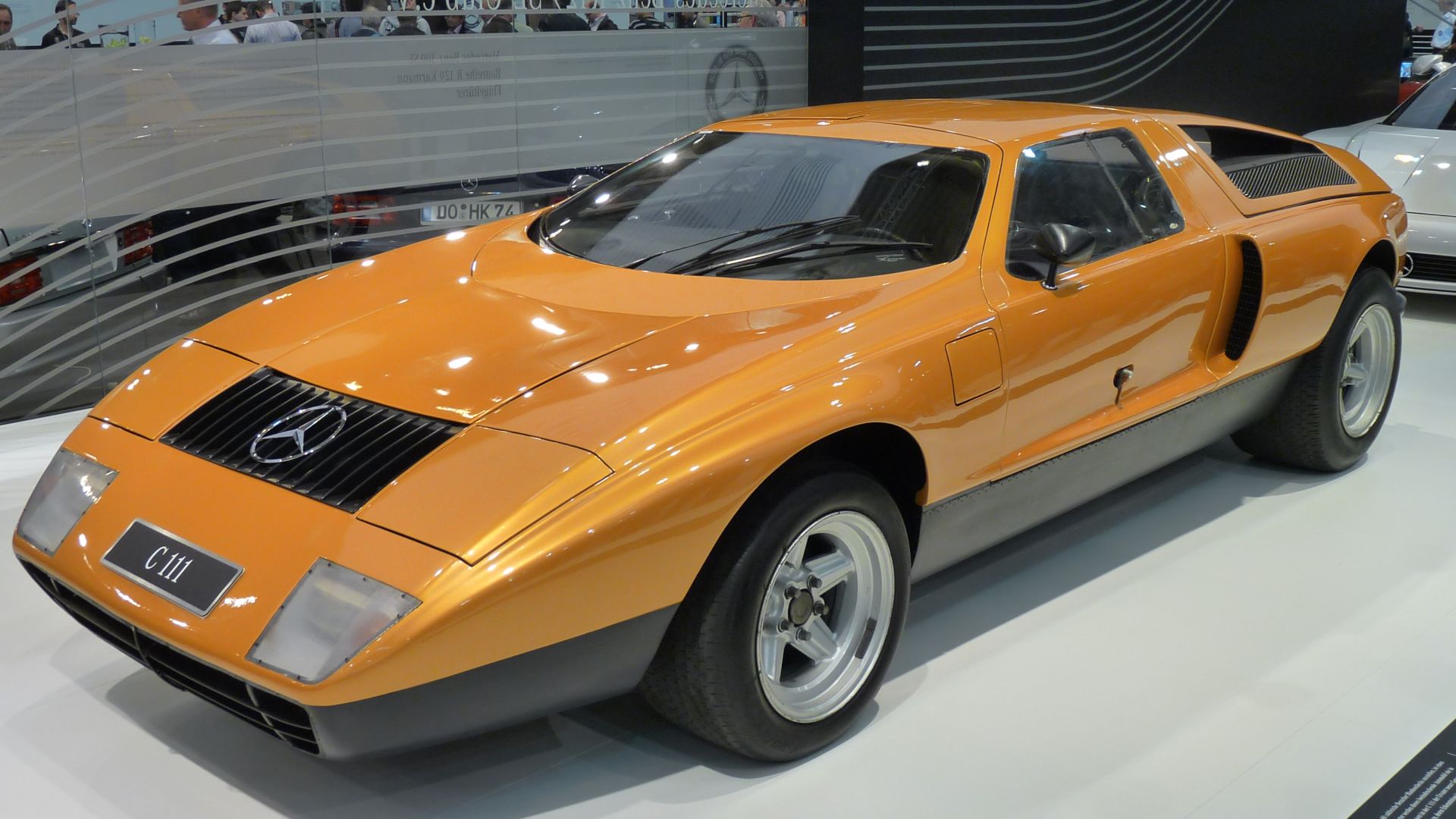 Detectandpreserve, Wikimedia Commons
Detectandpreserve, Wikimedia Commons
BMW GINA Light Visionary Model
The GINA defied expectations by using stretchable fabric over a movable aluminum frame, allowing its skin to reshape in real time. The surface could morph to optimize airflow or cooling. Though it never reached production, it introduced a radical new concept: adaptive aerodynamics at the structural level.
Renault Eolab
Developed to showcase next-generation efficiency, the Eolab featured active suspension lowering and a tapering tail to achieve a drag coefficient of 0.235. Designed for ultra-low emissions, this plug-in hybrid concept was a functioning vision of France’s fuel-efficient future.
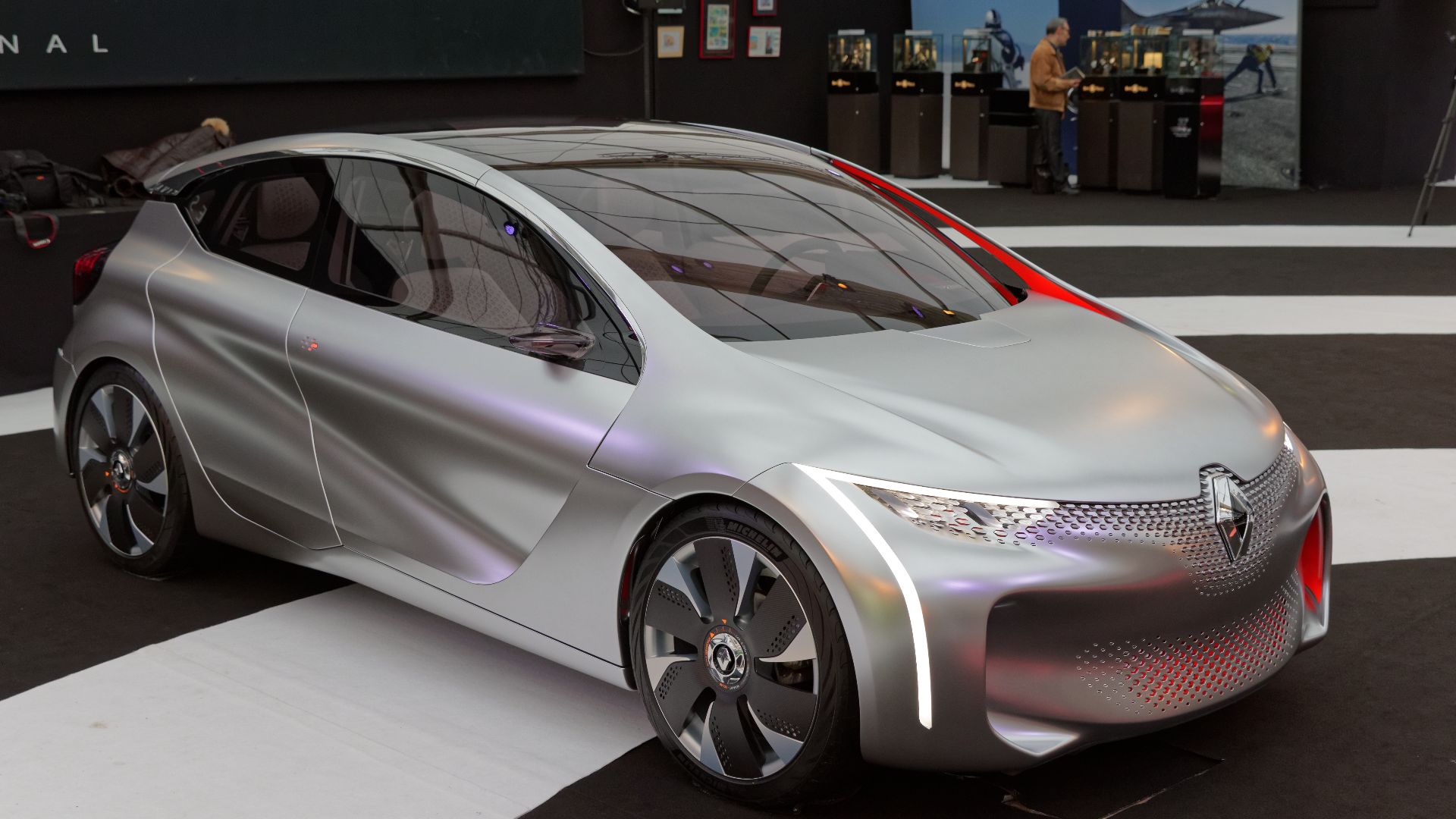 Thesupermat, Wikimedia Commons
Thesupermat, Wikimedia Commons
Citroen DS
When introduced in 1955, the DS stunned the world—not just for its futuristic design but for its forward-thinking aerodynamics. Its tapered rear and hydro-pneumatic suspension helped it glide across highways. With a drag coefficient far ahead of its time, the DS redefined what a luxury car could be.
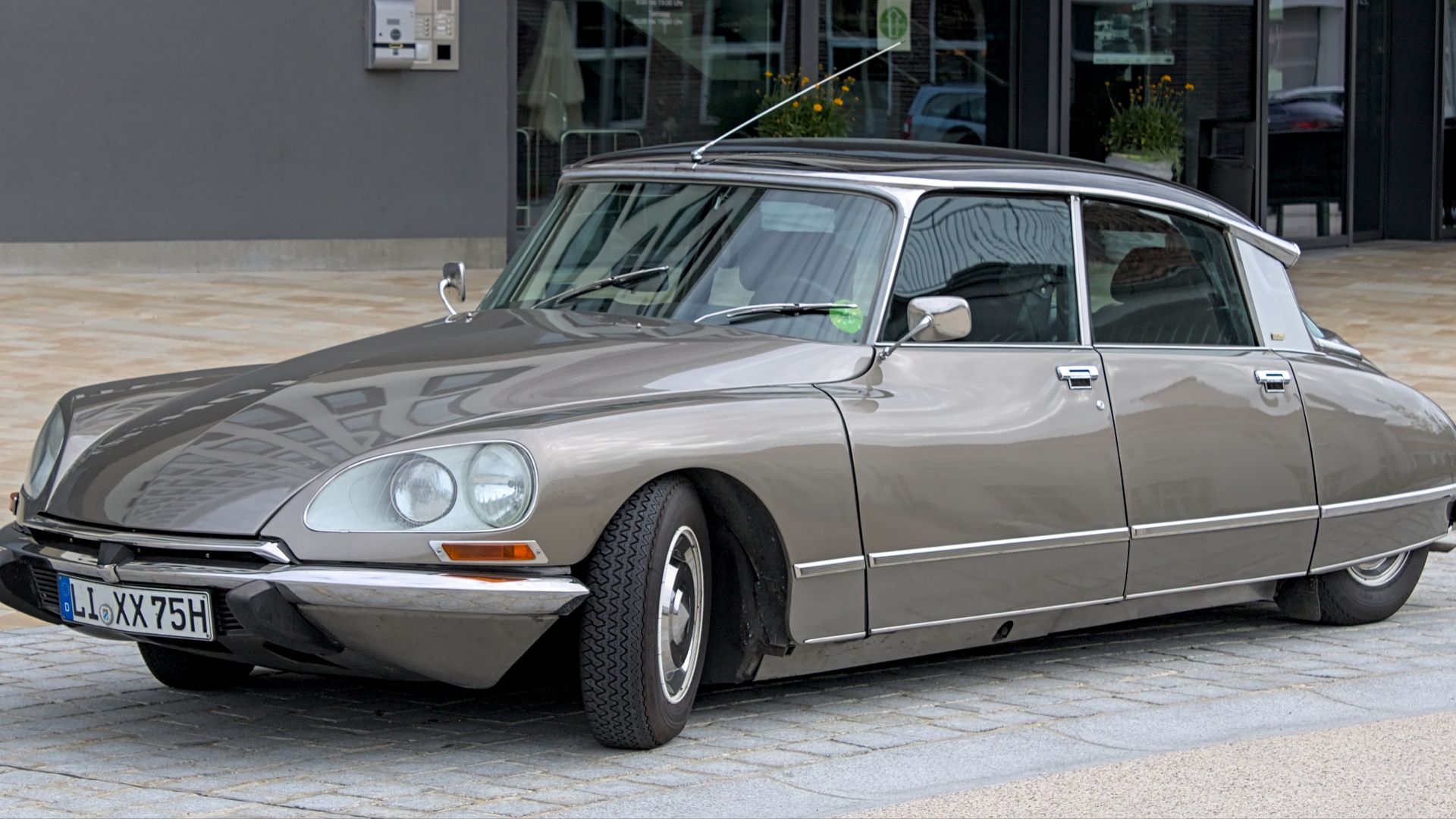 Alexander Migl, Wikimedia Commons
Alexander Migl, Wikimedia Commons
Porsche 356
A rounded nose and a gradually sloping tail gave the 356 its slippery profile. Its compact, lightweight body allowed air to flow cleanly across its curves to enhance efficiency and performance. As Porsche’s first production model, it laid the aerodynamic and design foundation for everything that followed.
Lancia Stratos HF Zero
With a windshield that doubled as a roof and a body lower than most sports car hoods, the Stratos Zero pushed aerodynamics to sci-fi levels. Its extreme wedge shape and hidden wheels represented a 1970s obsession with reducing drag through radical form.
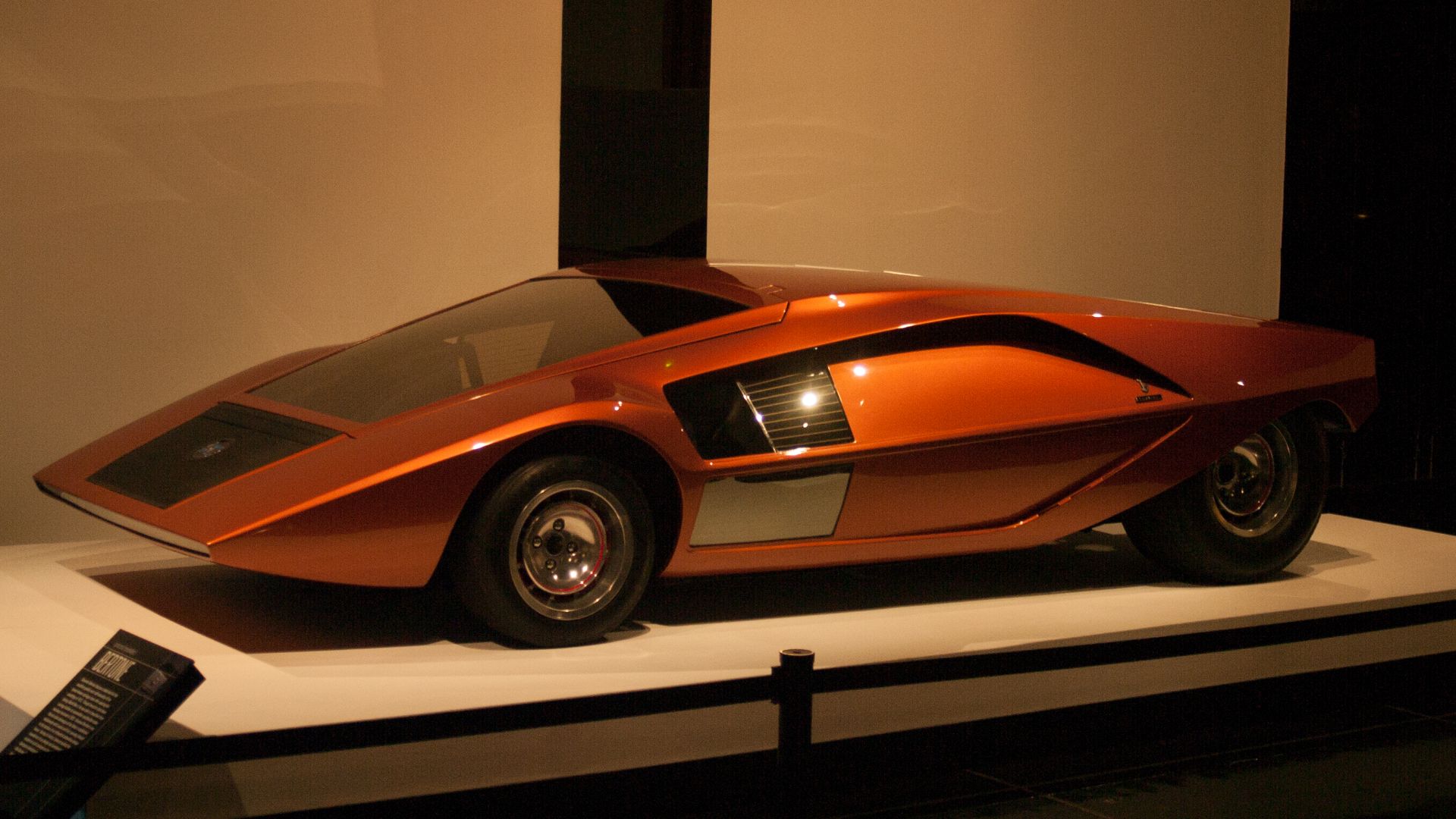 Dustin May from Detroit, MI, Wikimedia Commons
Dustin May from Detroit, MI, Wikimedia Commons
Jaguar XJ220
Developed to be the fastest production car of its time, the XJ220 featured a clean, low body and an enclosed undercarriage to reduce turbulence. With a drag coefficient of around 0.36 and a top speed exceeding 210 mph, it combined smooth, elegant shaping with race-derived aerodynamic precision.
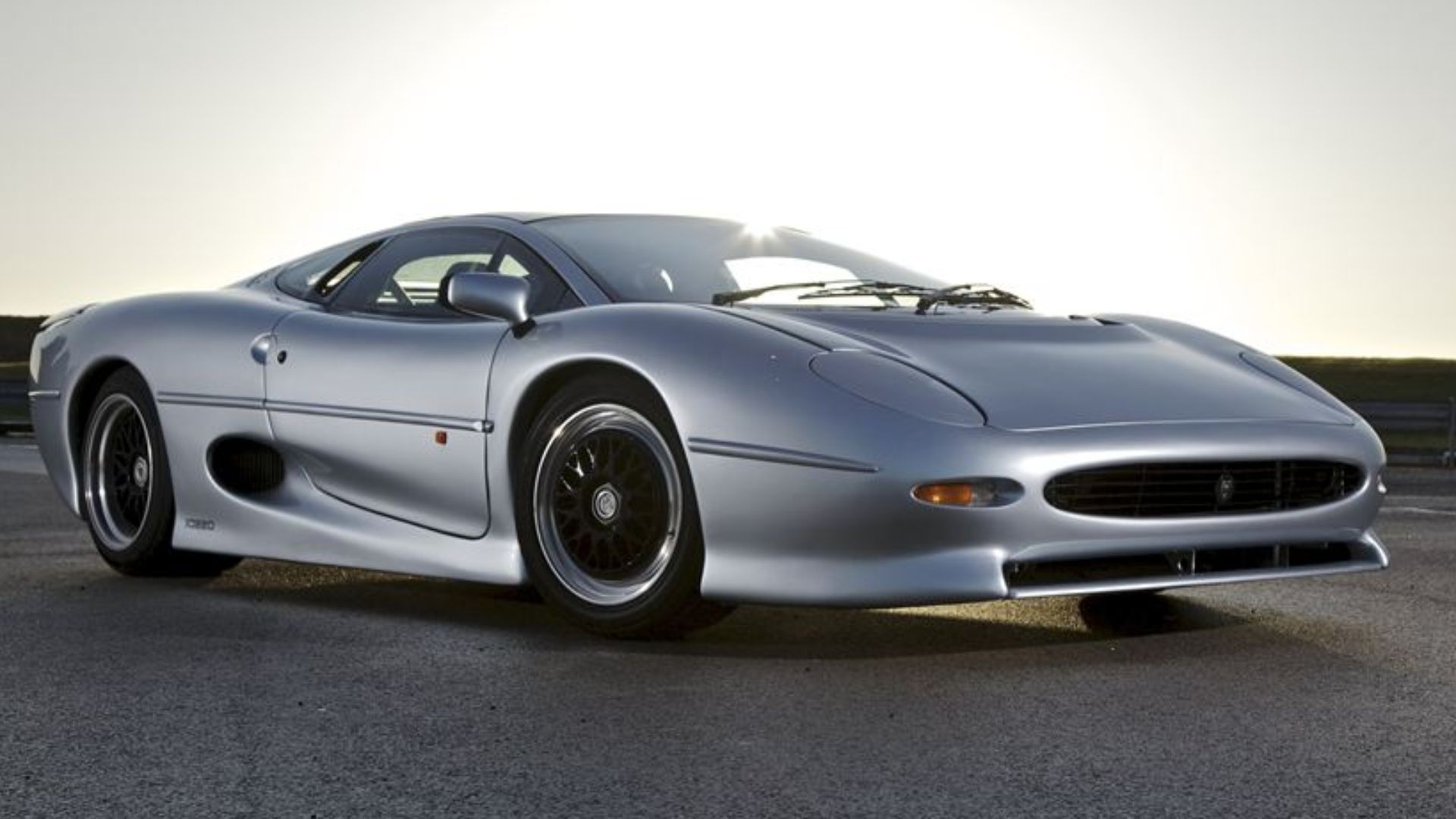 Jaguar Cars, Wikimedia Commons
Jaguar Cars, Wikimedia Commons
Chrysler Airflow (1934)
Revolutionary in concept but too bold for its time, the Airflow introduced streamlining to American sedans. Designed with wind-tunnel input, its waterfall grille and rounded contours challenged boxy norms. Though a commercial failure, it reshaped industry thinking and inspired future generations of airflow-conscious vehicles.
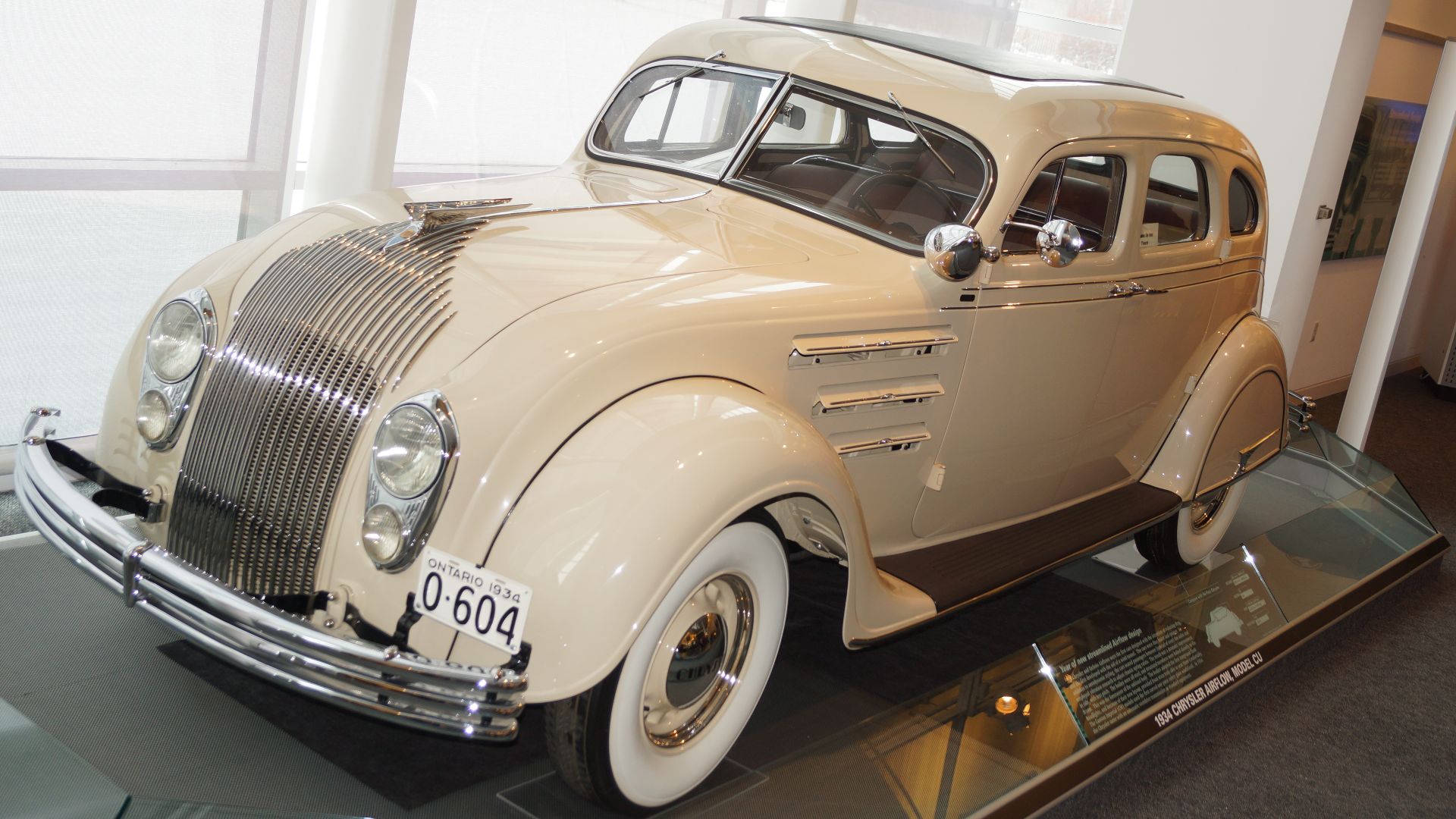 Greg Gjerdingen from Willmar, USA, Wikimedia Commons
Greg Gjerdingen from Willmar, USA, Wikimedia Commons
Bugatti EB110
An early 1990s engineering marvel, the EB110 balanced brute power with airflow efficiency. Pop-up spoilers and an electronically adjustable rear wing helped it stay grounded at extreme speeds. Its flat, wide stance and sharp nose supported stability while still delivering the luxury expected of Bugatti.
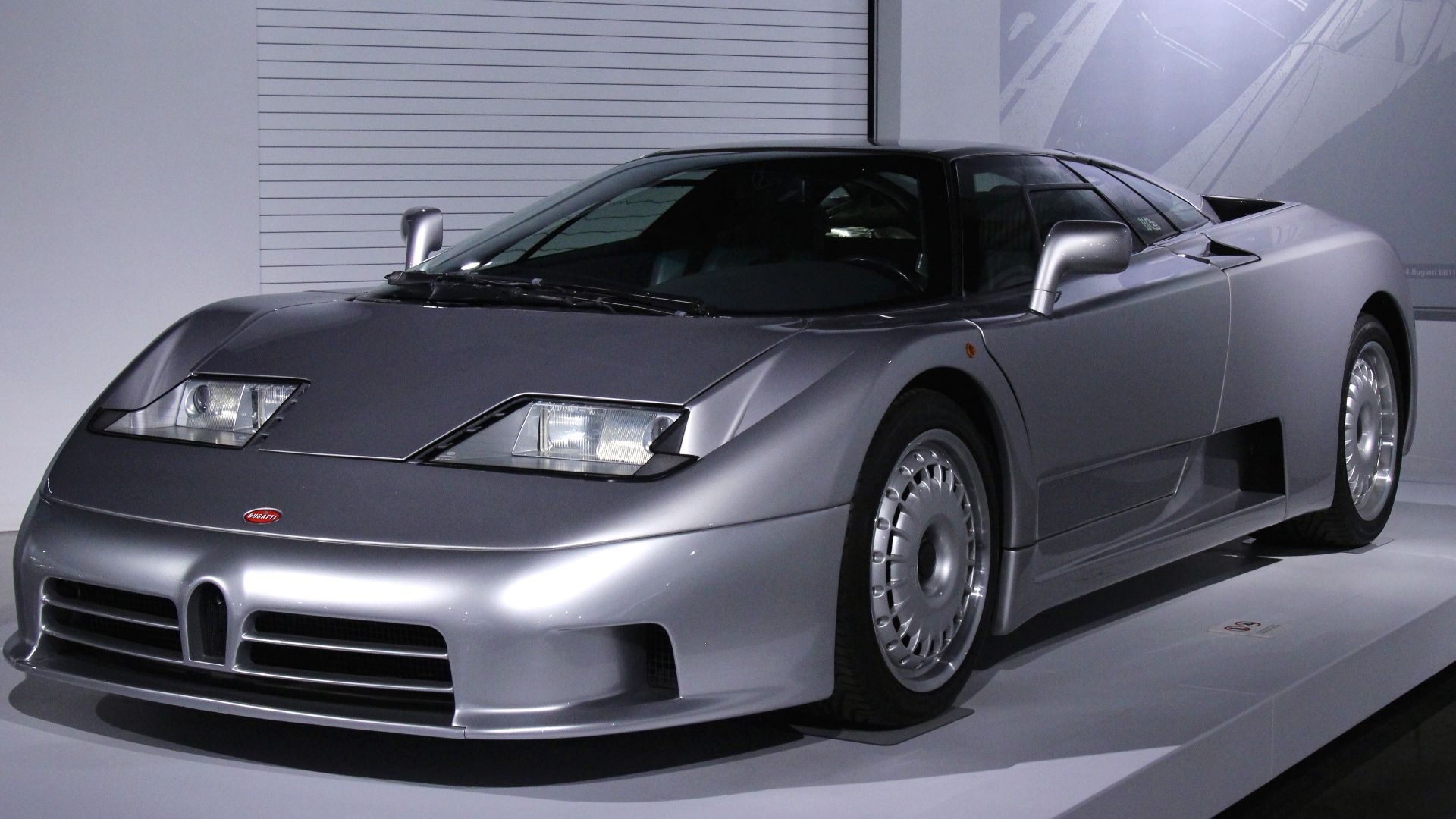 Prayitno / Thank you for (12 millions +) view from Los Angeles, USA, Wikimedia Commons
Prayitno / Thank you for (12 millions +) view from Los Angeles, USA, Wikimedia Commons
Ford GT (2nd Gen)
Inspired by Le Mans heritage but sculpted for today, the second-generation Ford GT features flying buttresses that channel air directly into the engine bay. Paired with an active rear spoiler and ground-sculpting underbody, this sleek supercar proves that aerodynamic engineering can be both purposeful and bold.
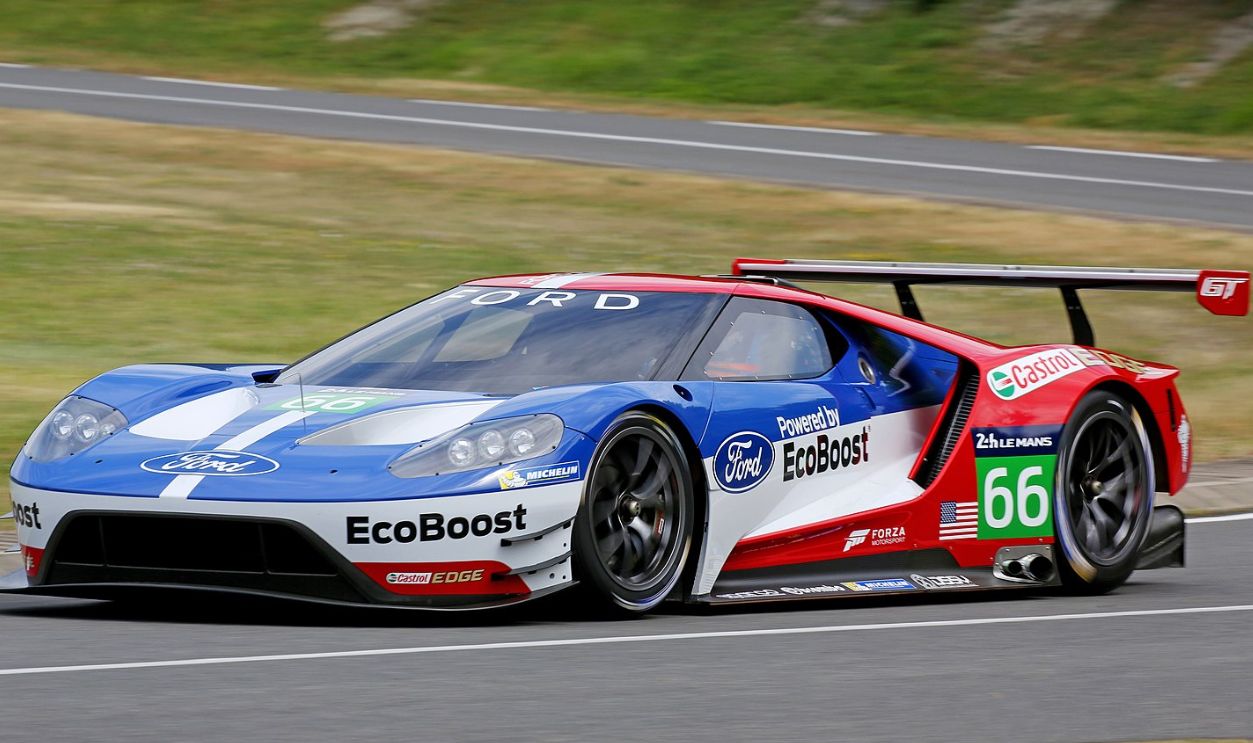 Ford Motor Company, CC BY 3.0, Wikimedia Commons
Ford Motor Company, CC BY 3.0, Wikimedia Commons
Chevrolet Corvette C8
The first mid-engine Corvette was shaped with airflow in mind. Large side intakes cool the engine, while a low nose and underbody vents reduce lift. Every panel plays a role in downforce, drag reduction, or stability, especially at triple-digit speeds.
 DestinationFearFan, Wikimedia Commons
DestinationFearFan, Wikimedia Commons
Koenigsegg Jesko Absolut
Engineered to challenge the 300 mph barrier, the Jesko Absolut prioritizes low drag above all. Rear fins replace a traditional wing and its sculpted body channels air with surgical precision. Every design choice—down to removing venting hardware—was made to slice resistance and enable blistering straight-line velocity.
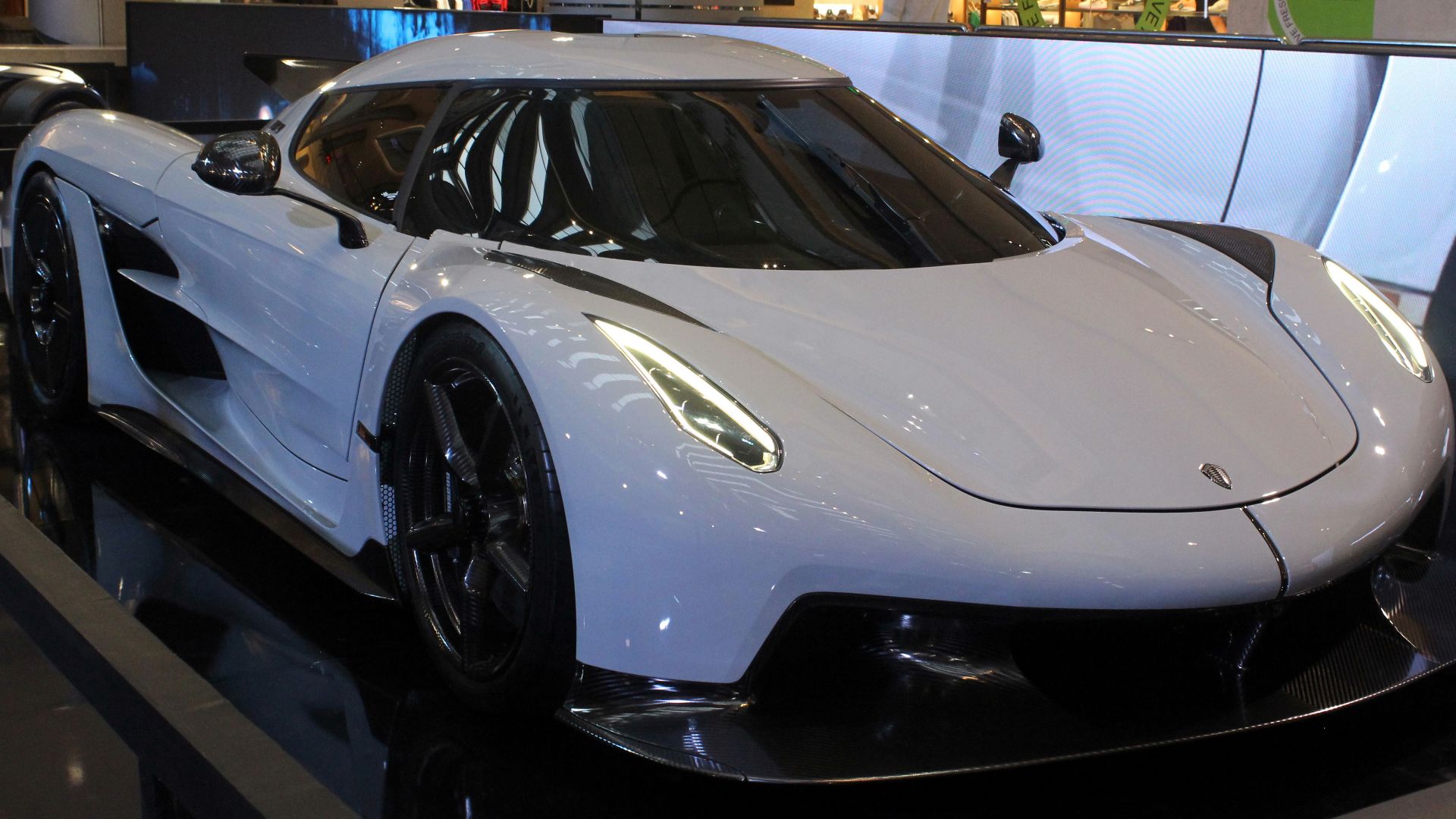 Overdrive 83, Wikimedia Commons
Overdrive 83, Wikimedia Commons
Pagani Huayra
Beauty meets motion in the Huayra, where active aerodynamic flaps at each corner adjust independently based on speed and steering input. This fusion of high art and hypercar physics makes the Huayra one of the most dynamic designs in modern supercars.
Mazda RX-7 FD
Long curves and pop-up headlights gave the RX-7 FD an unmistakable aerodynamic profile. With a drag coefficient of 0.29, it blended performance efficiency with lightweight handling. The smooth, rounded form made this rotary-powered icon competitive on the street and the track.
 Tokumeigakarinoaoshima, Wikimedia Commons
Tokumeigakarinoaoshima, Wikimedia Commons
Aptera Solar EV
With its enclosed wheels and three-wheel teardrop design, the Aptera achieves an astonishing drag coefficient of just 0.13. Built around solar panels and electric propulsion, this ultra-lightweight vehicle was sculpted for extreme efficiency. Its entire shape reflects a single purpose: traveling further while consuming as little energy as possible.
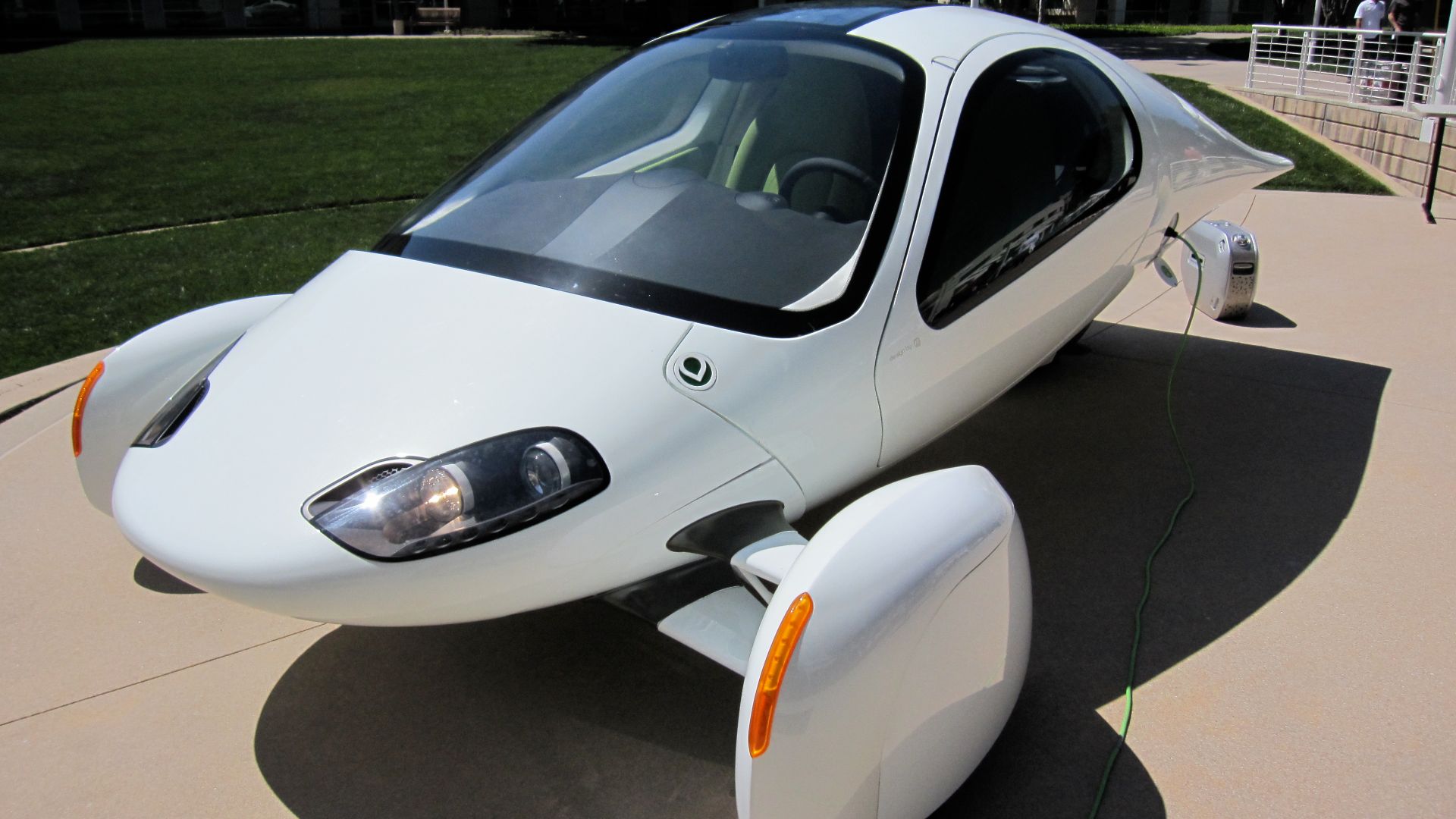 Alison Cassidy, Wikimedia Commons
Alison Cassidy, Wikimedia Commons
Tatra T77 (1934)
Often credited as the world’s first aerodynamically designed production car, the T77 pioneered wind tunnel shaping. Its rear-mounted V8 and integrated fenders allowed it to reach 90 mph in the 1930s. Even today, its streamlined form and radical engineering remain influential in aerodynamic automotive design.
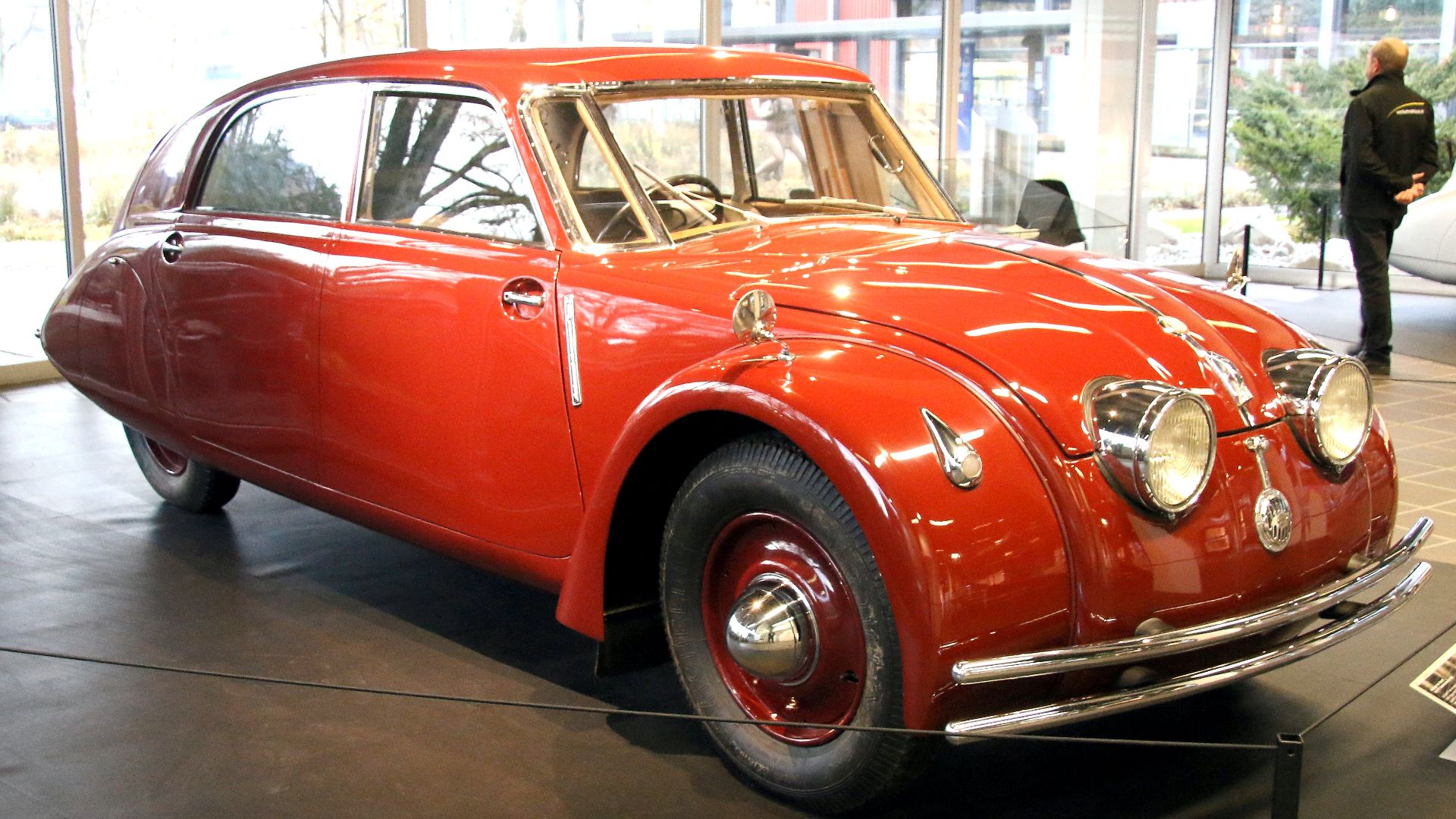 kitmasterbloke, Wikimedia Commons
kitmasterbloke, Wikimedia Commons
Lightyear 0
Fusing solar panels with advanced aerodynamics, the Lightyear 0 reimagines how cars generate and conserve energy. With a drag coefficient under 0.20, it incorporates wheel covers and a long, arched roofline. Designed for extended electric range, every line on the vehicle reduces resistance and maximizes efficiency.
 Alexander Migl, Wikimedia Commons
Alexander Migl, Wikimedia Commons
Ferrari 250 GTO
Racing history meets airflow mastery in the 250 GTO. Its elongated nose and rounded rear kept it stable at speed while adding visual fluidity. Handcrafted for aerodynamic performance, it competed in GT races with remarkable consistency. Today, it’s revered as both a design icon and an aerodynamic benchmark.
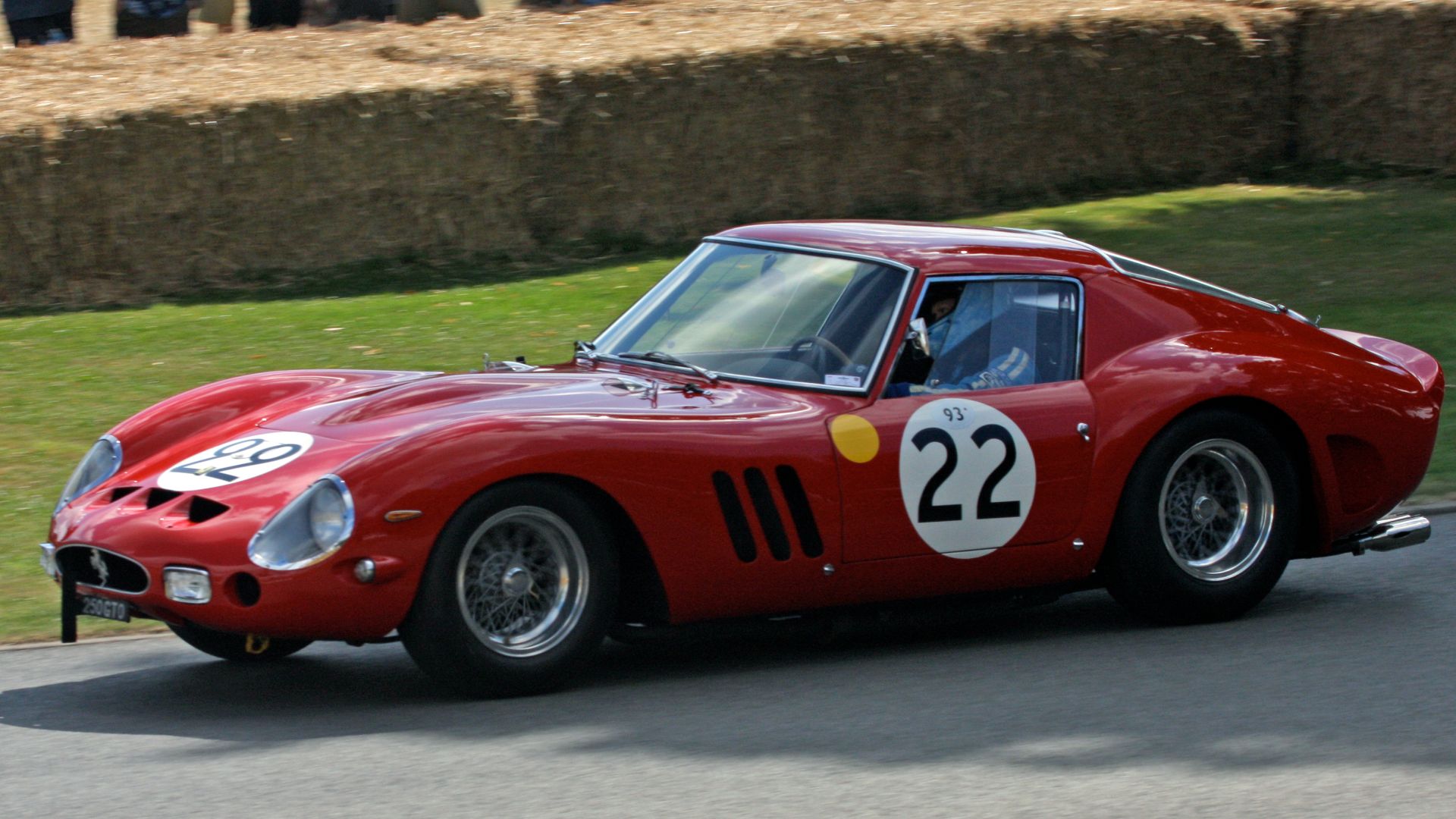 Brian Snelson, Wikimedia Commons
Brian Snelson, Wikimedia Commons
Alfa Romeo BAT 5/7/9
Born from wind tunnel experiments in the 1950s, the BAT series—Berlinetta Aerodinamica Tecnica—pushed design to surreal extremes. Finned tails and dramatic curves produced drag coefficients as low as 0.19. These rolling sculptures remain unmatched in combining artistic form with functional aerodynamics, rarely seen even in modern concept cars.



